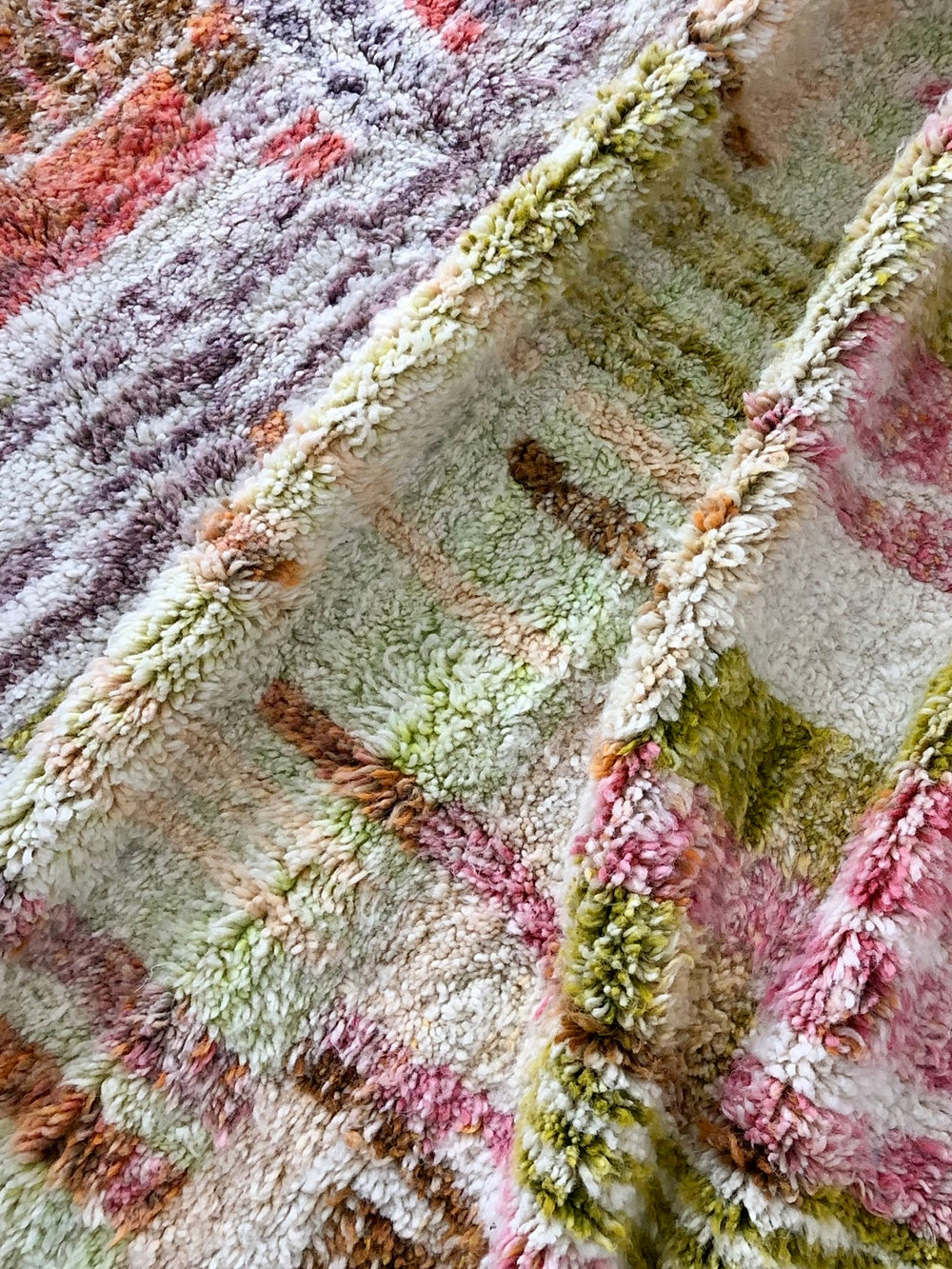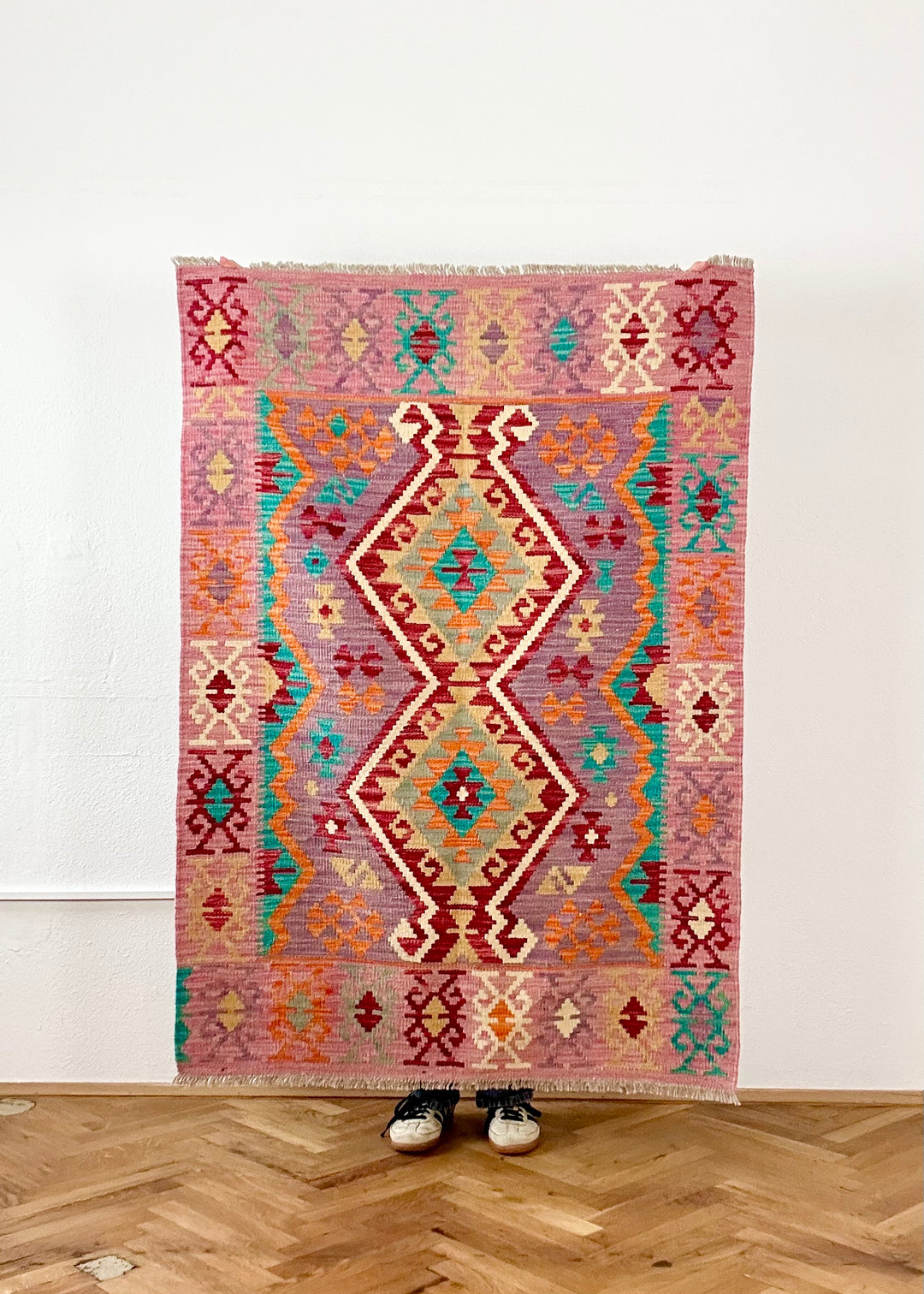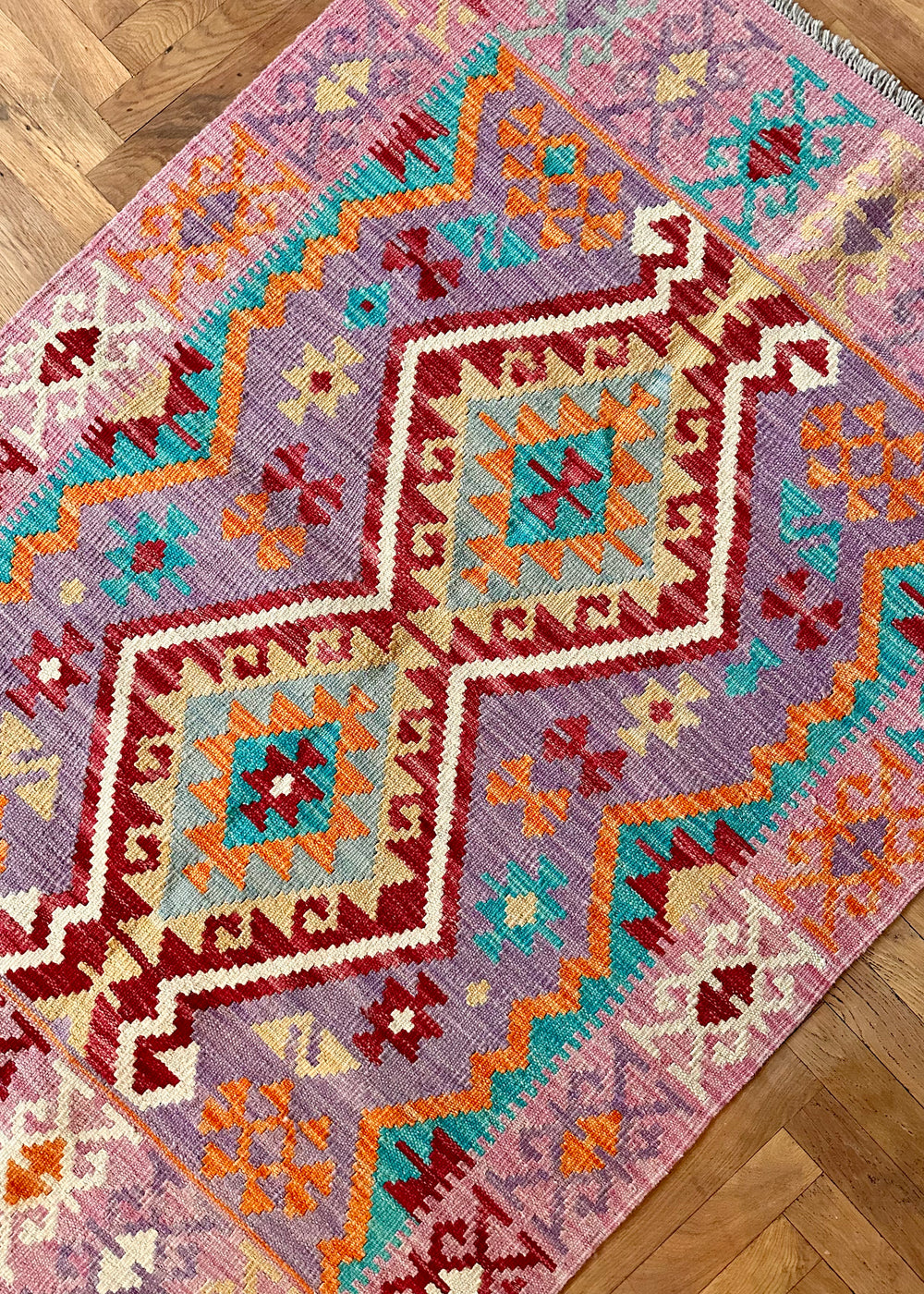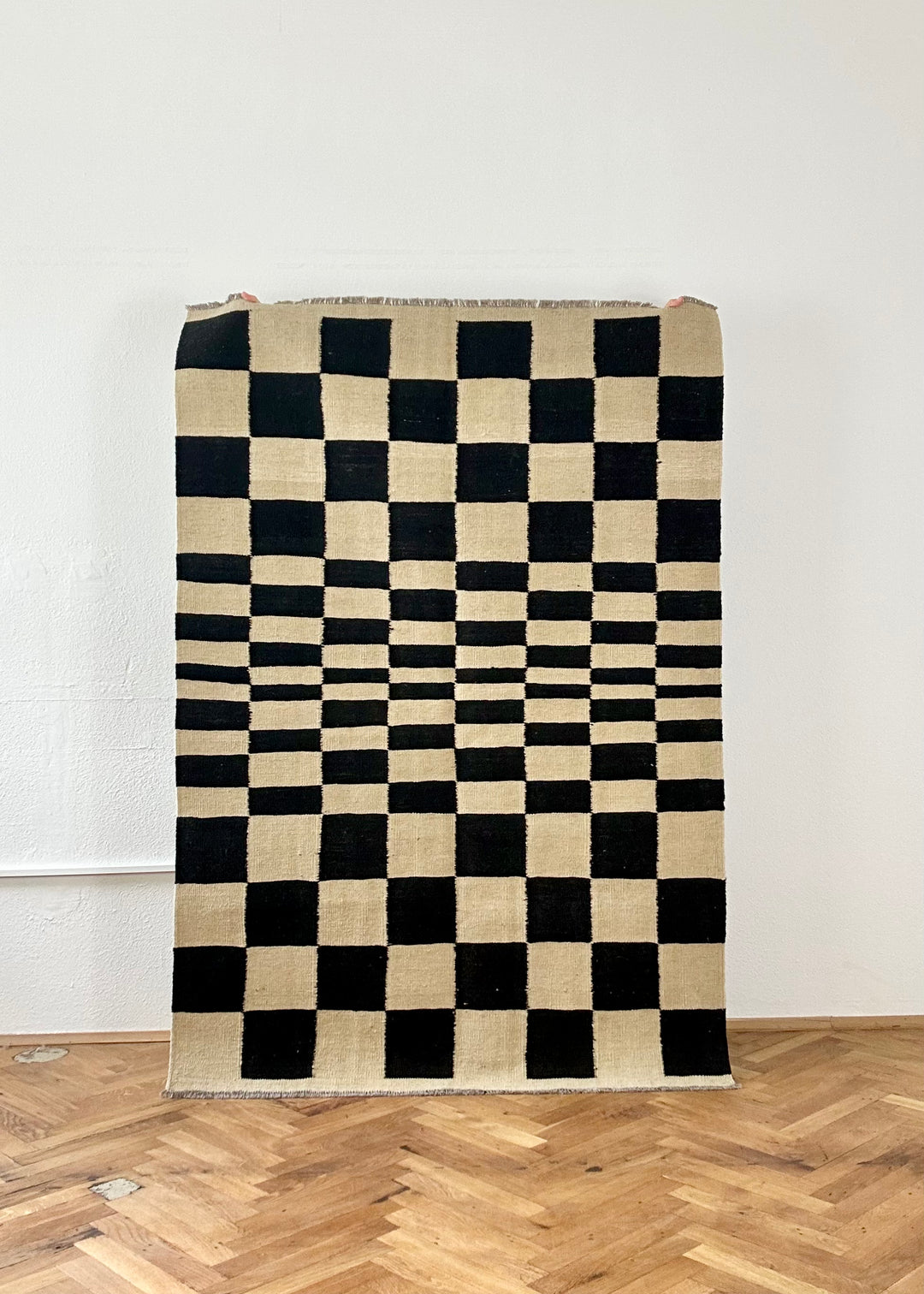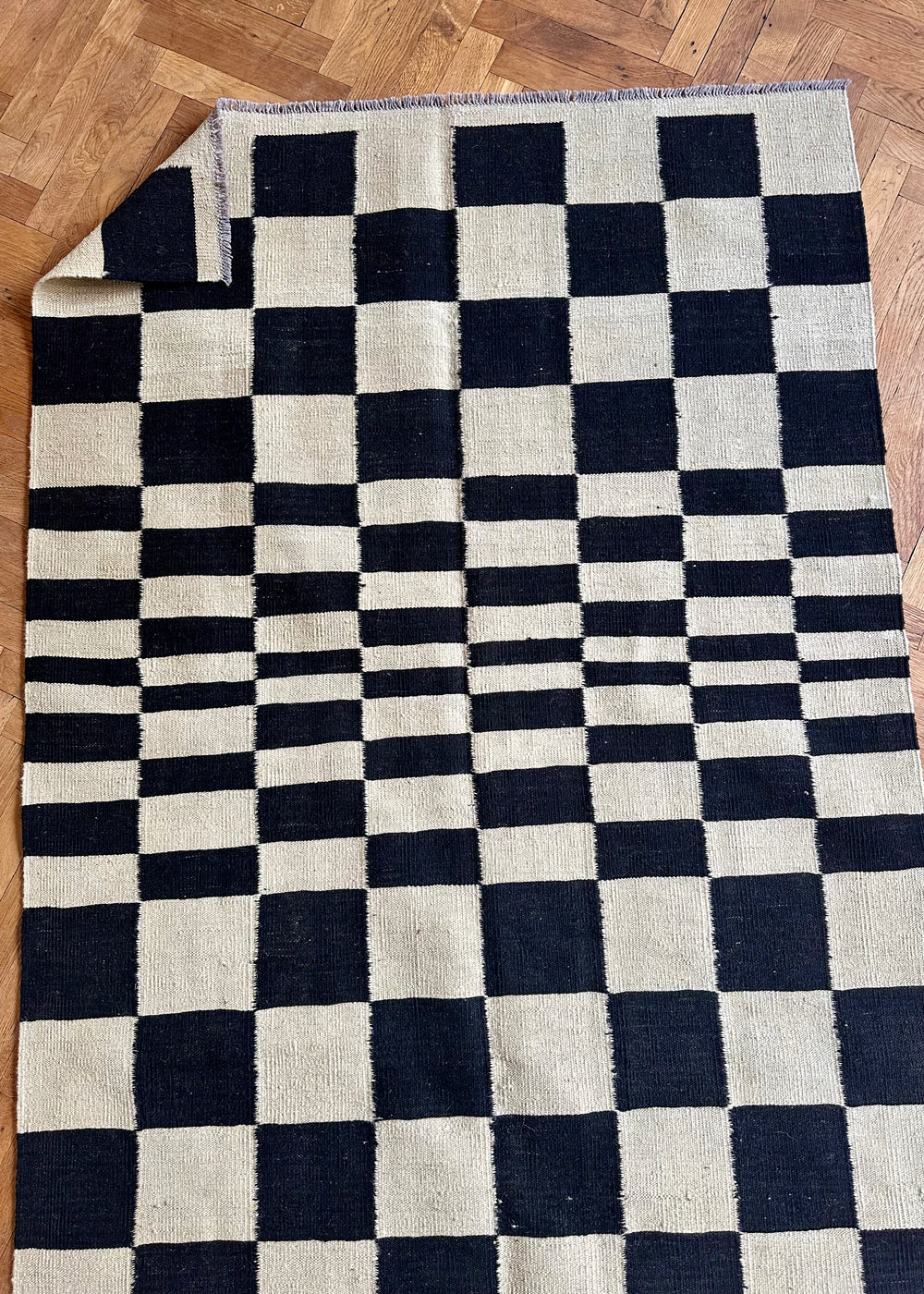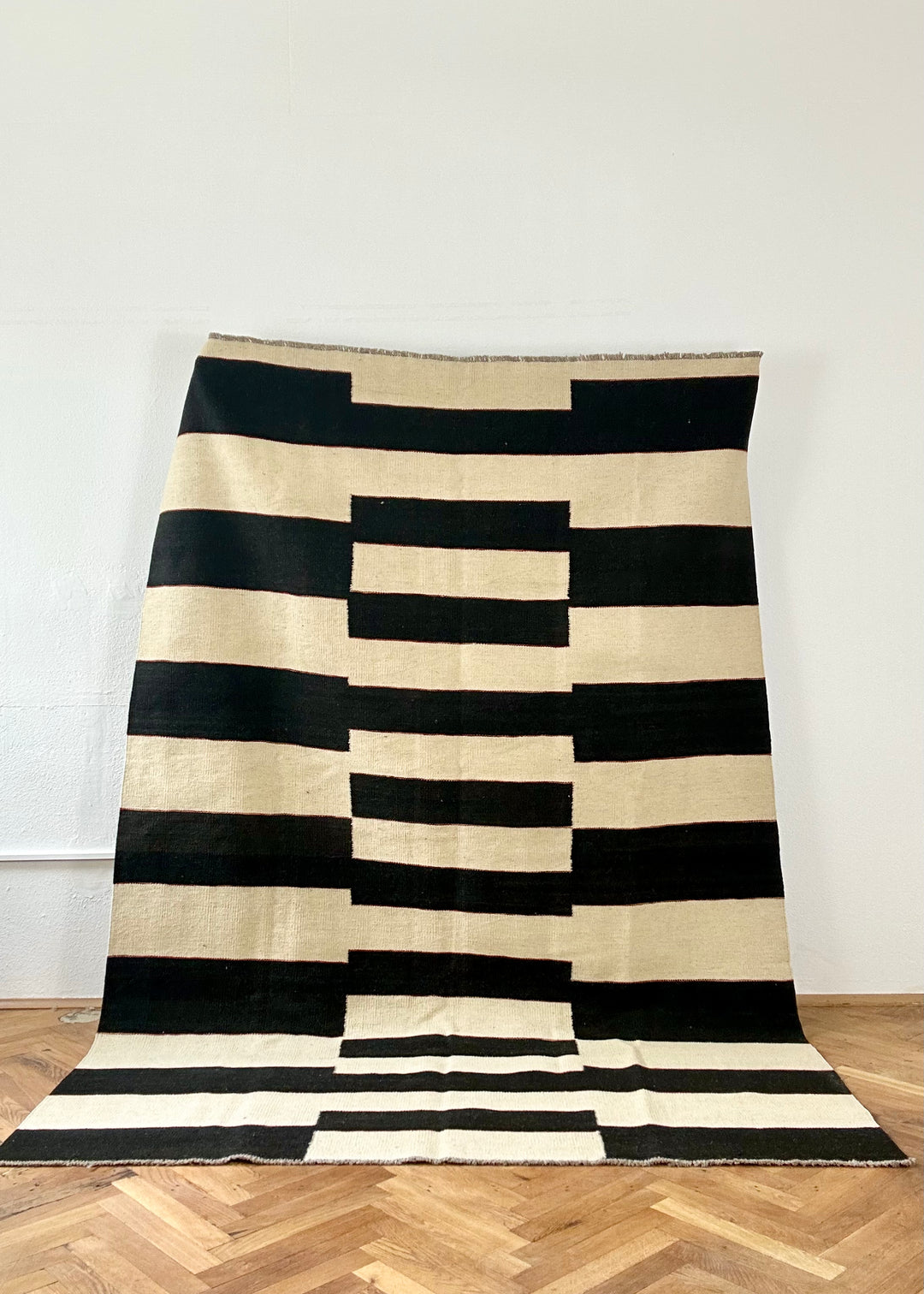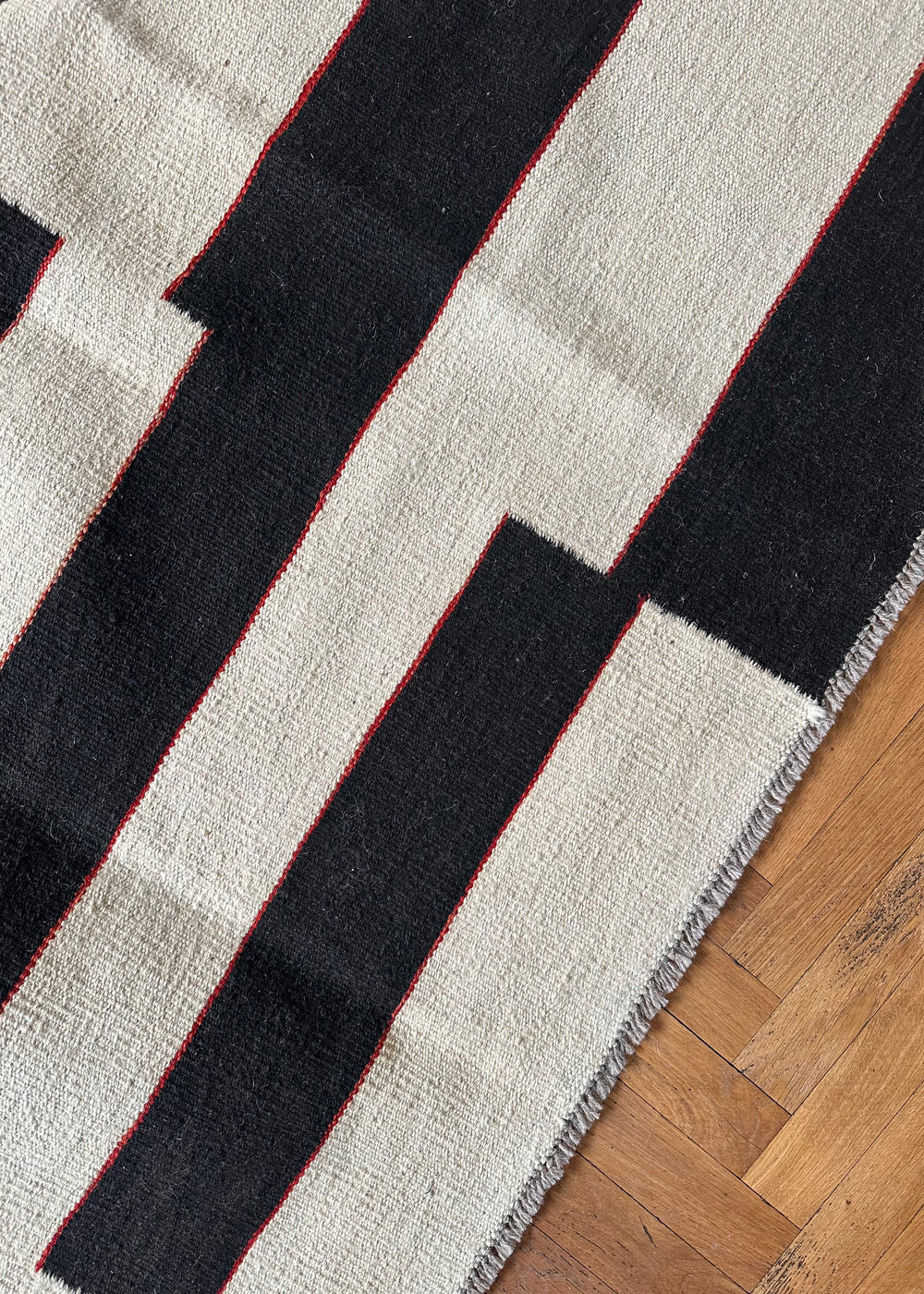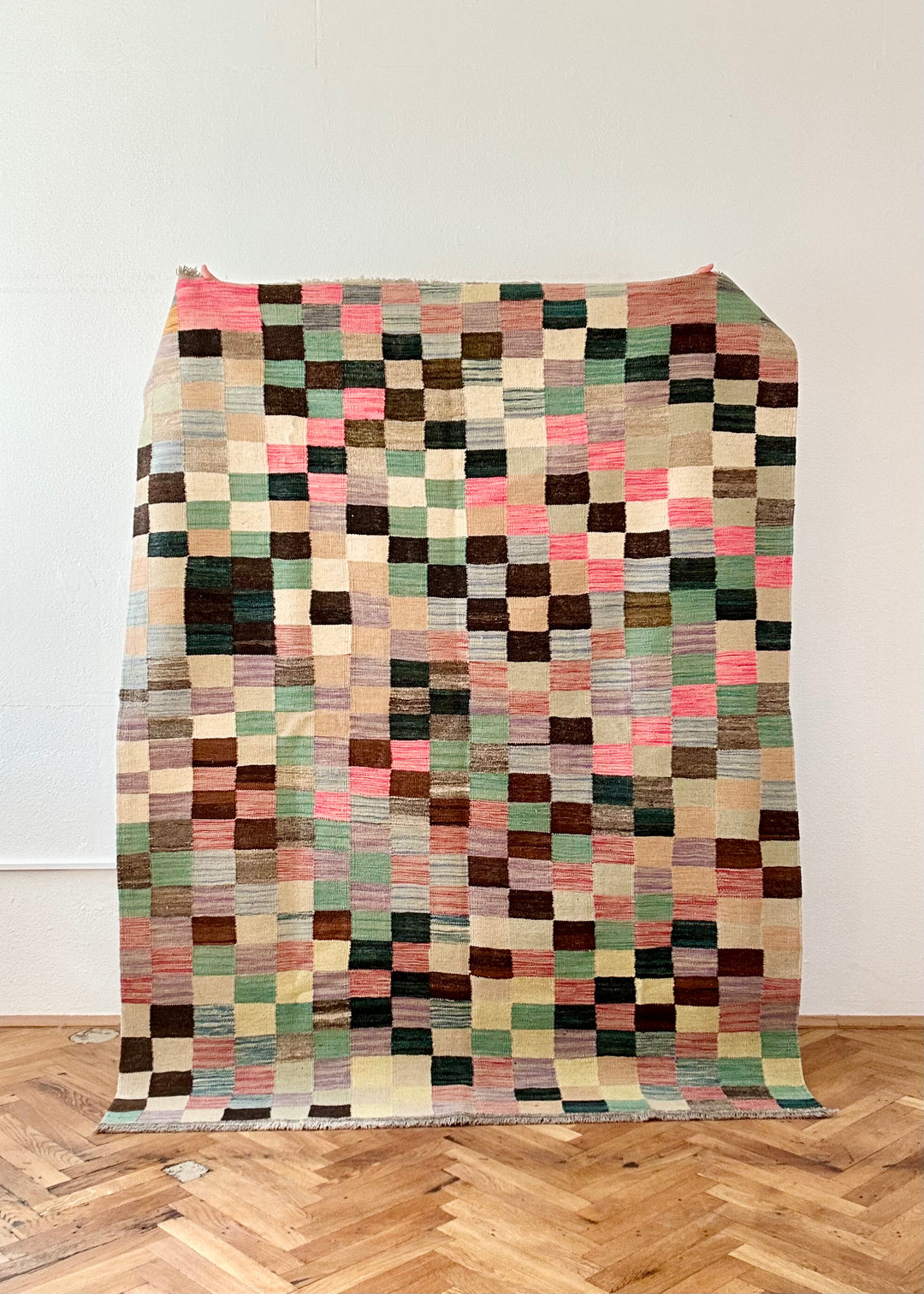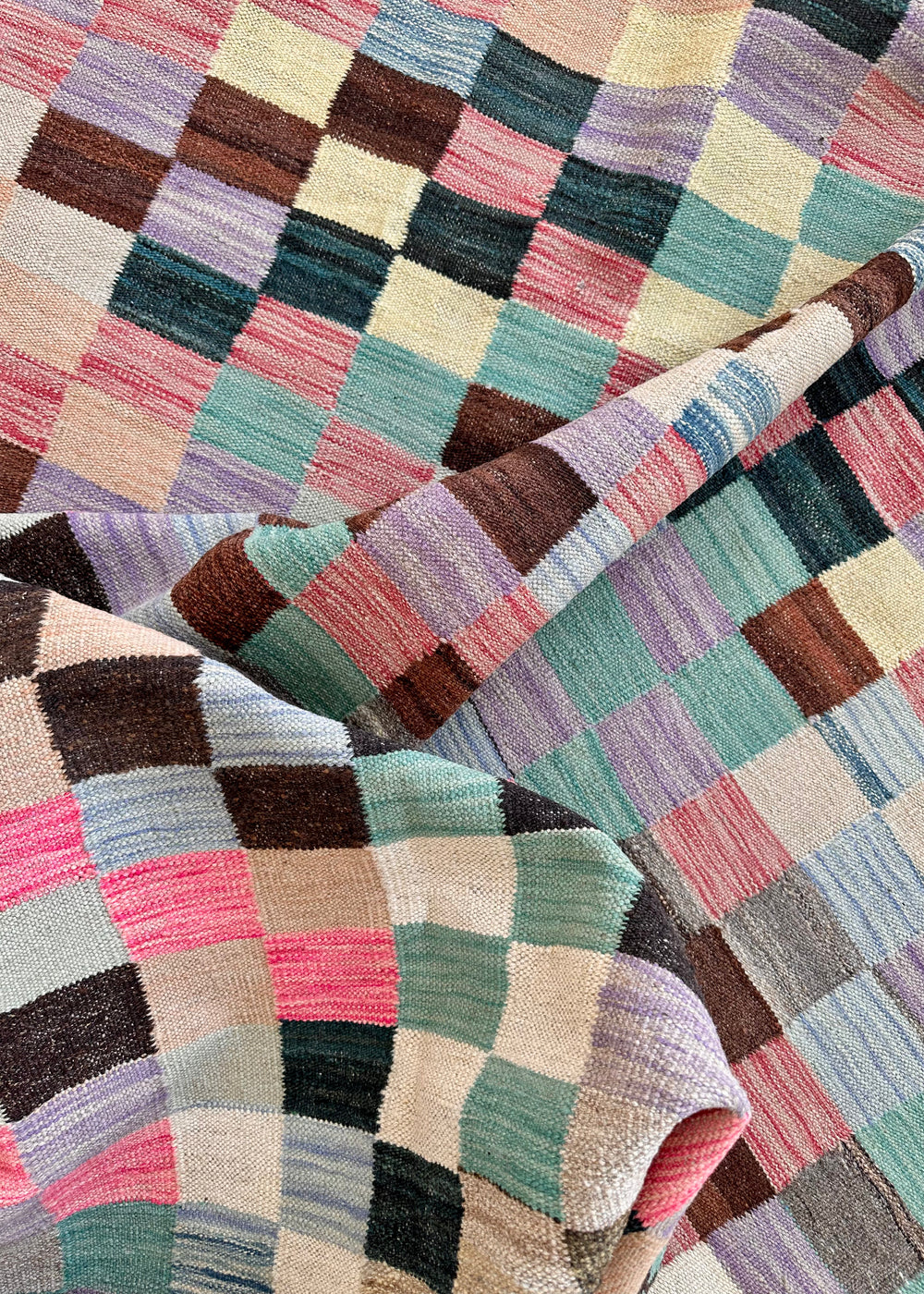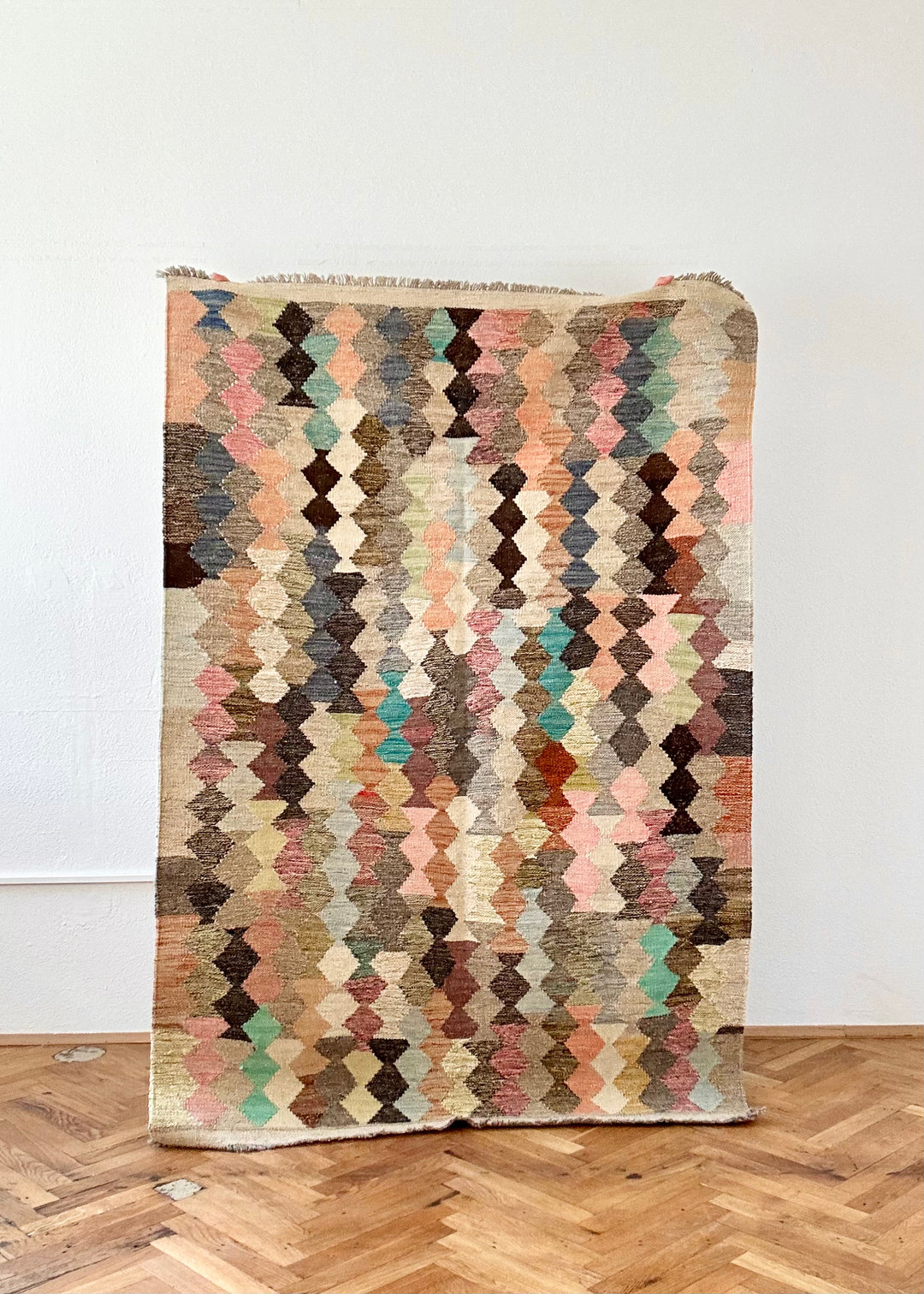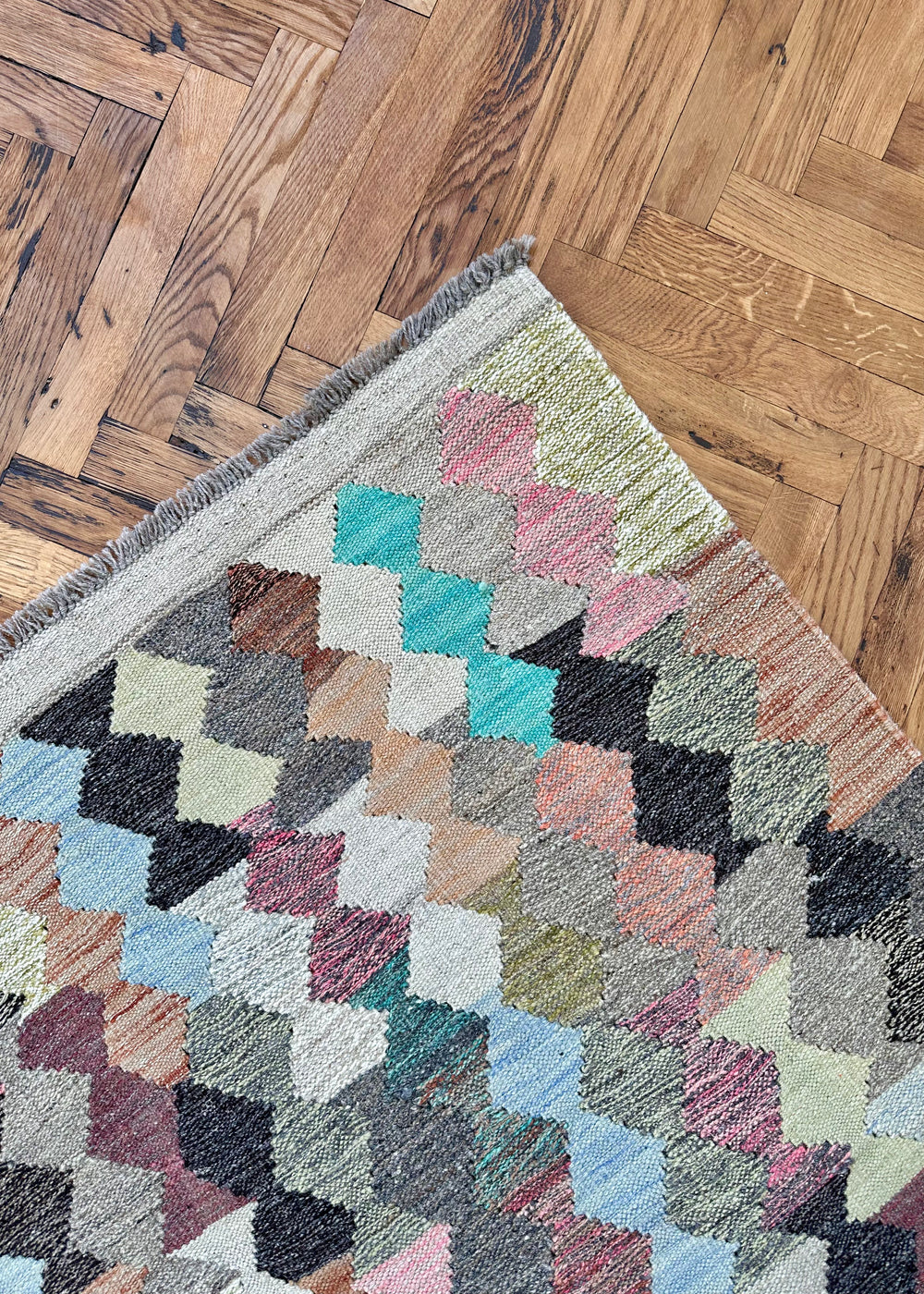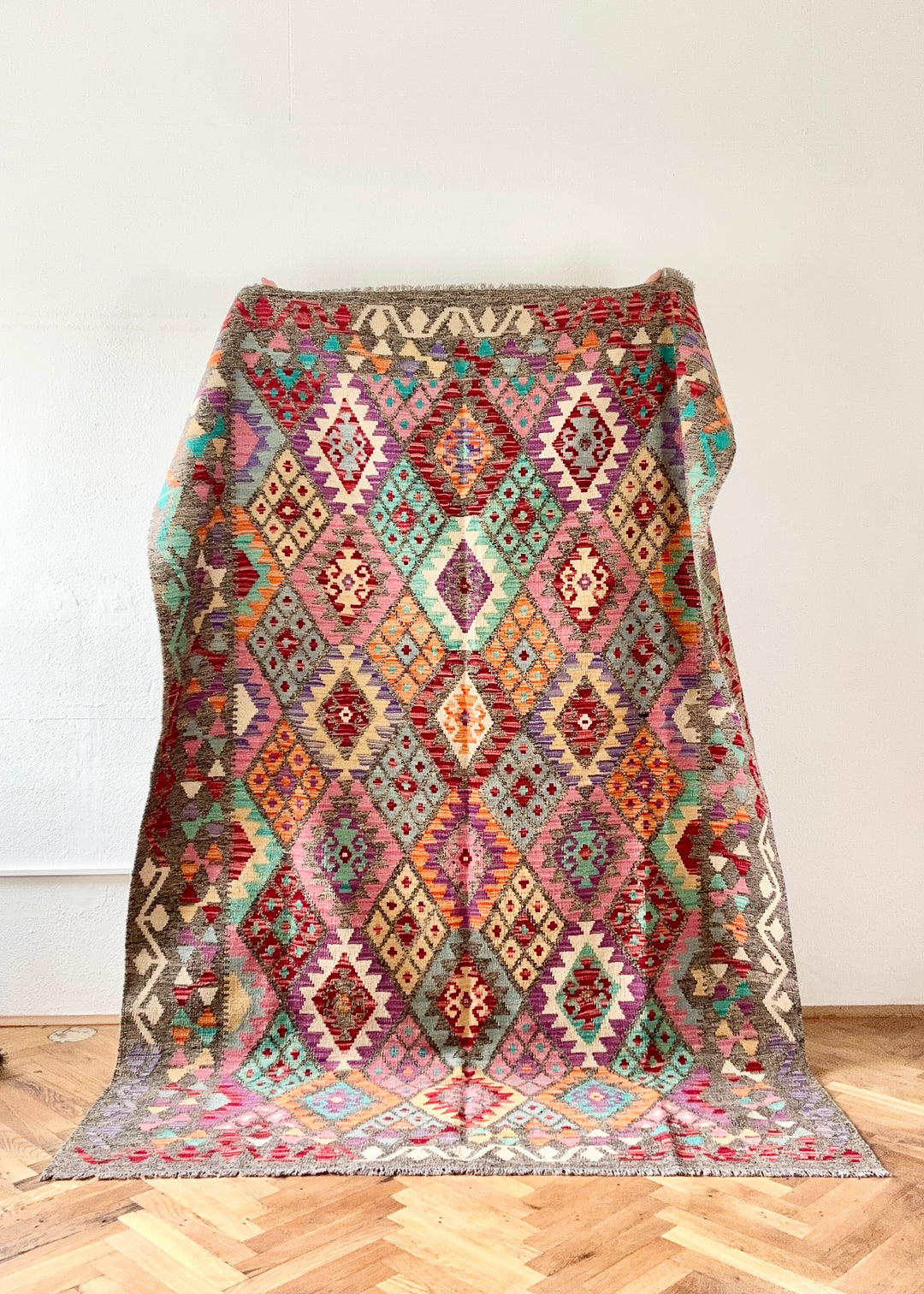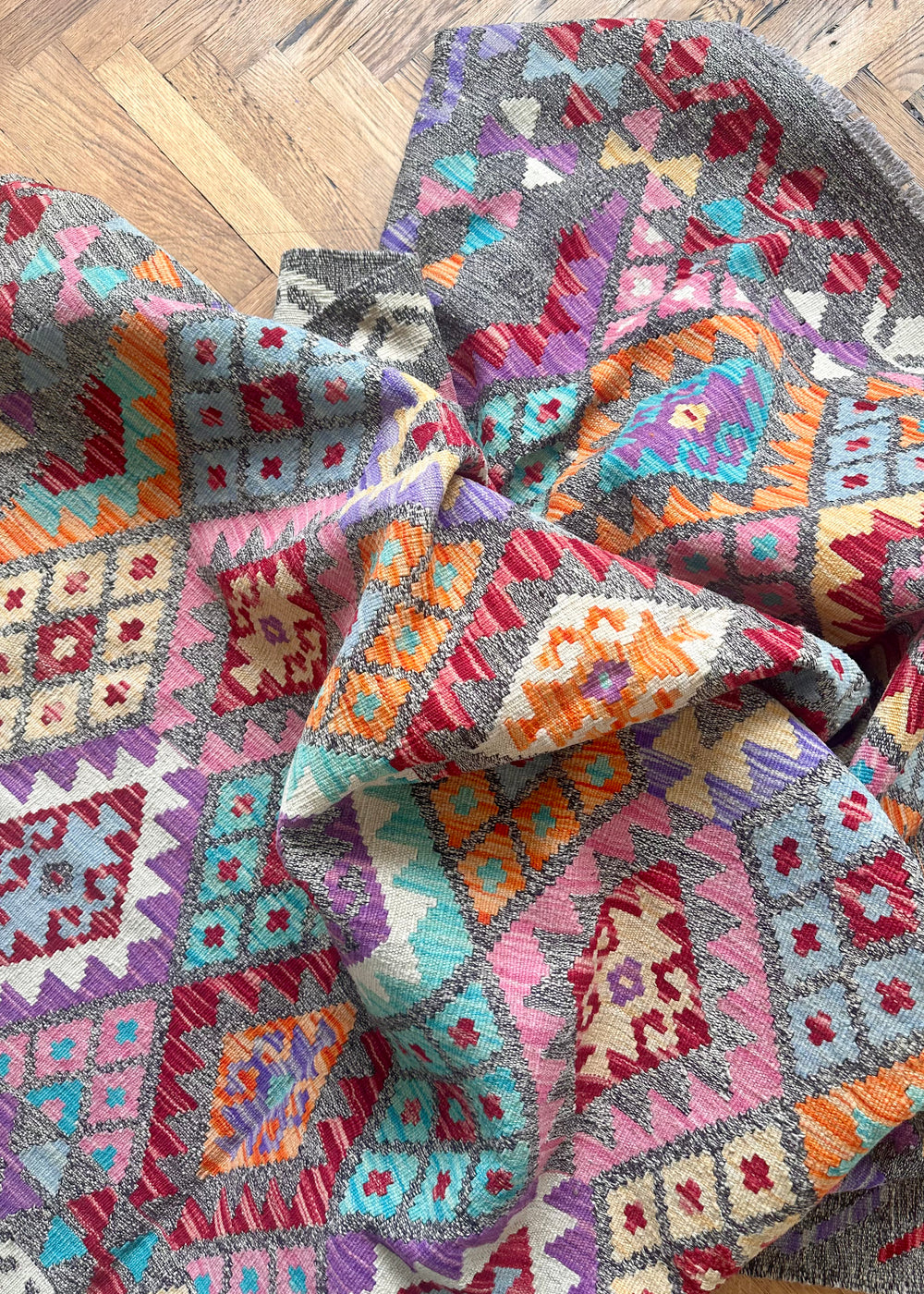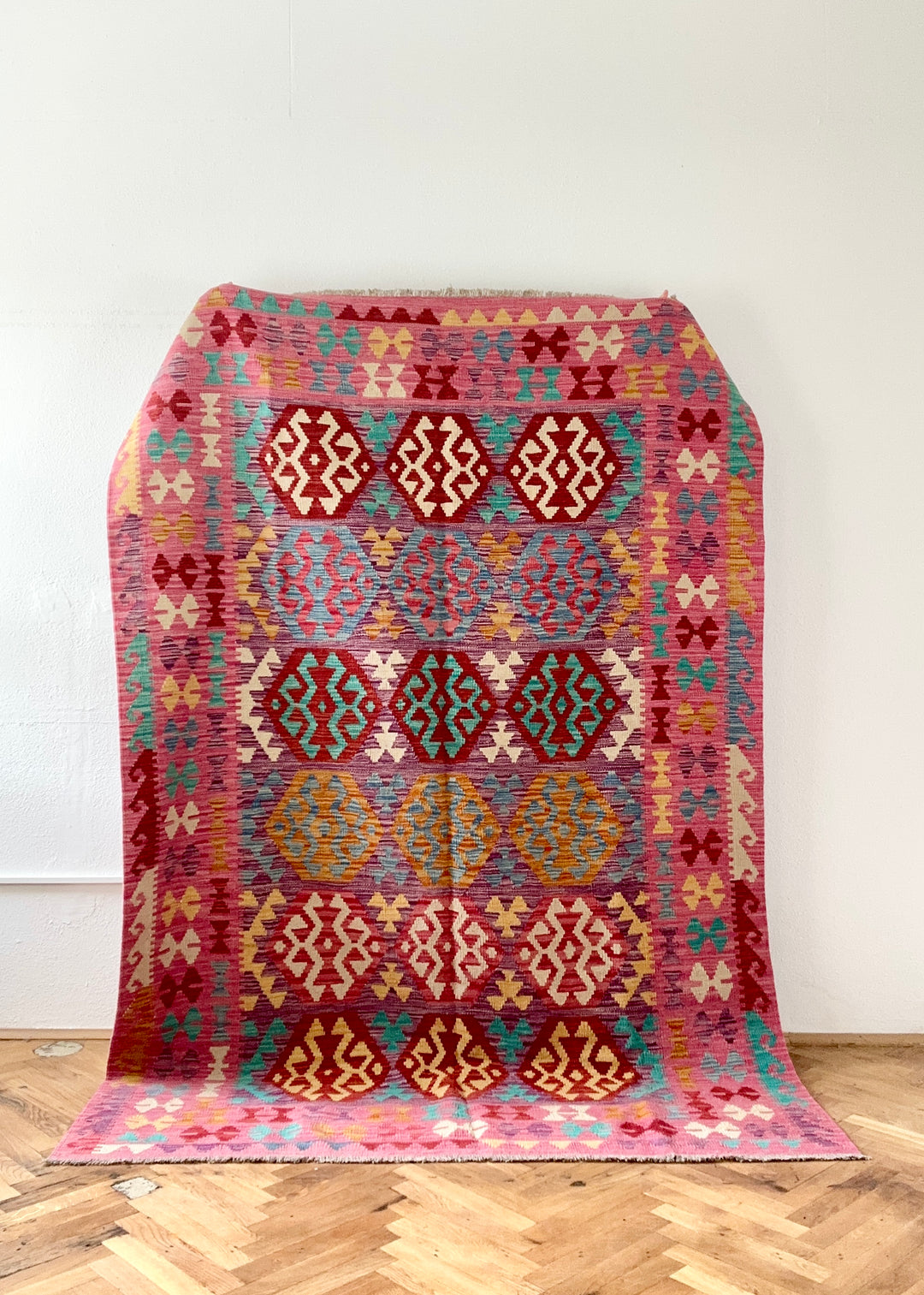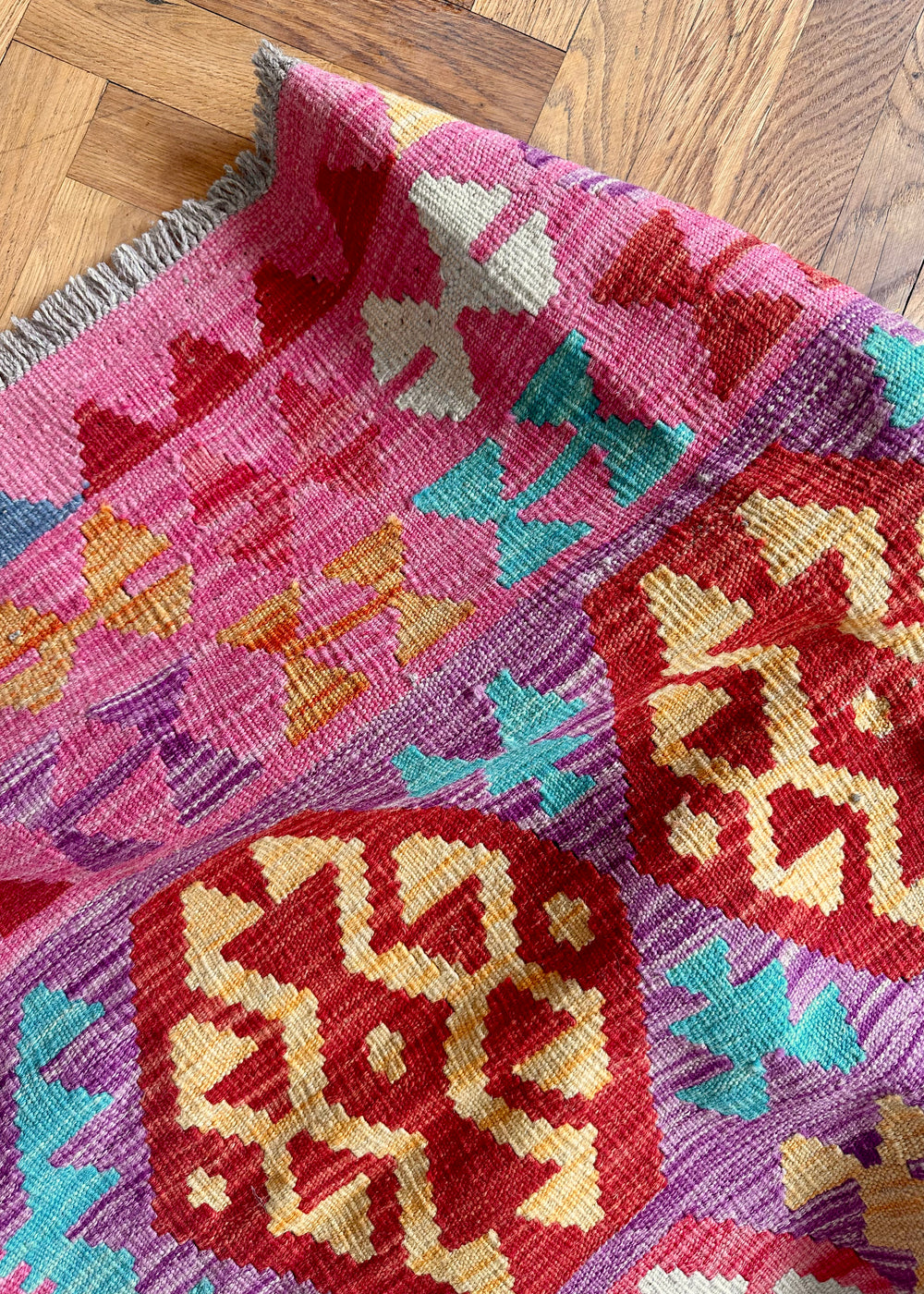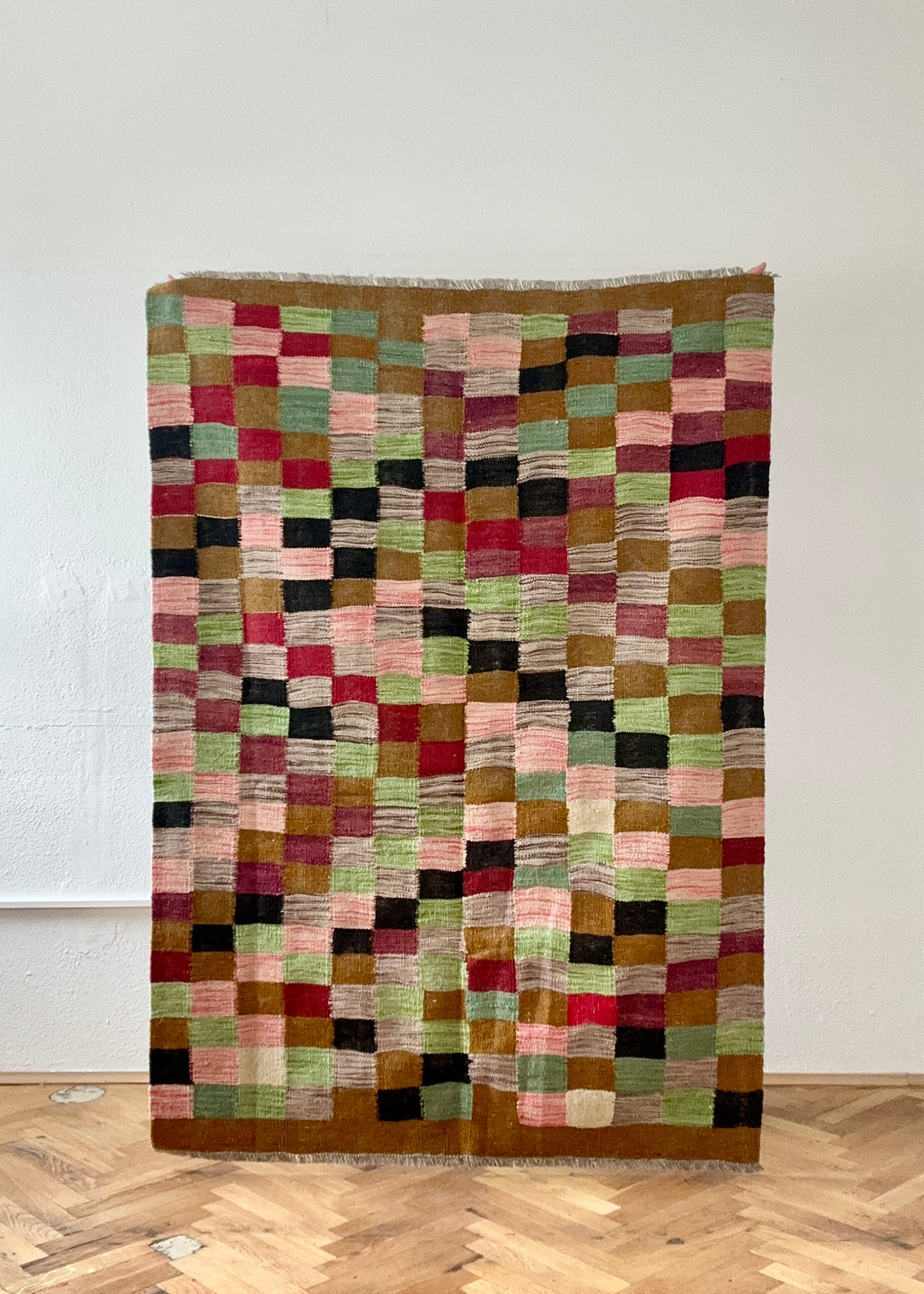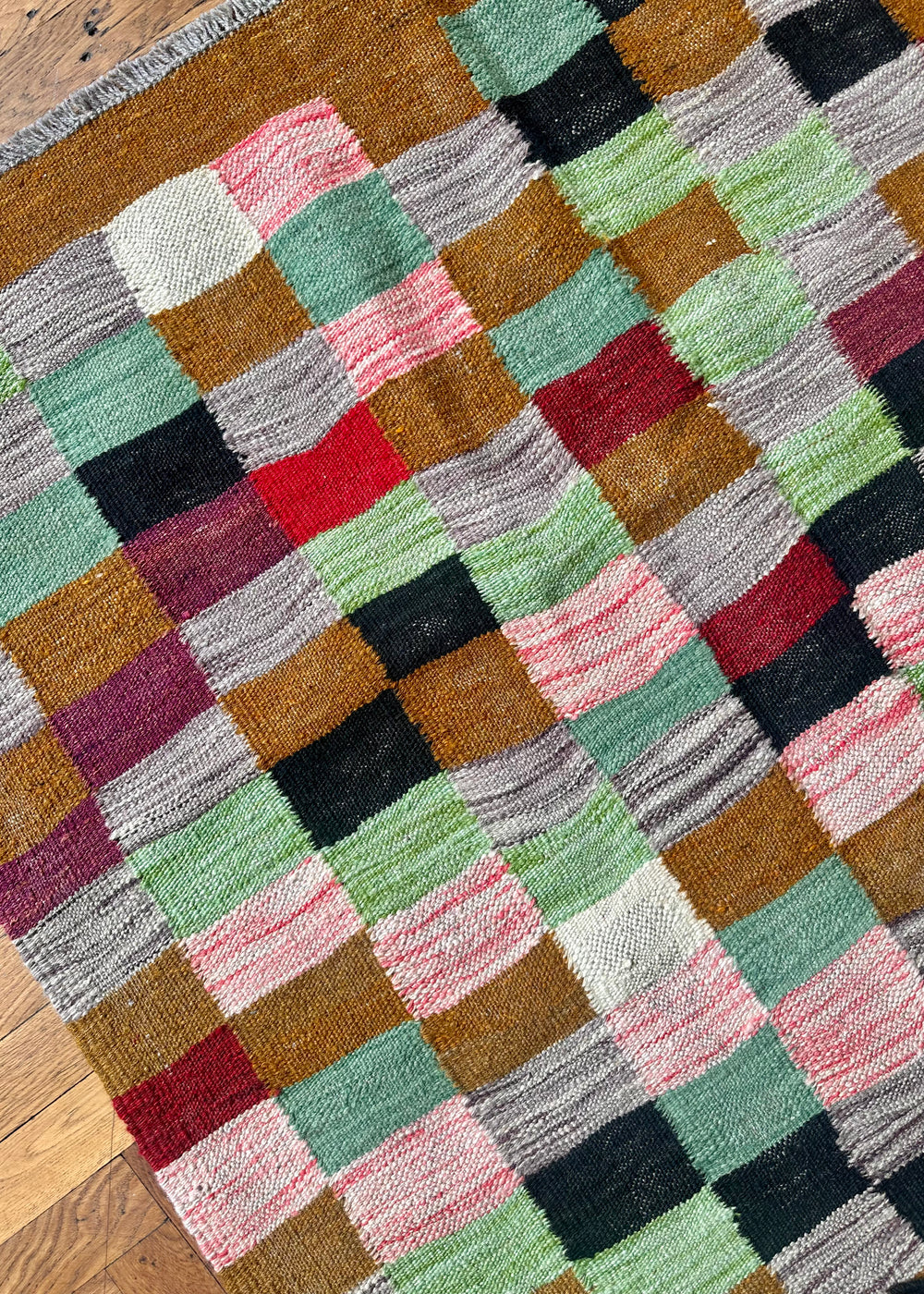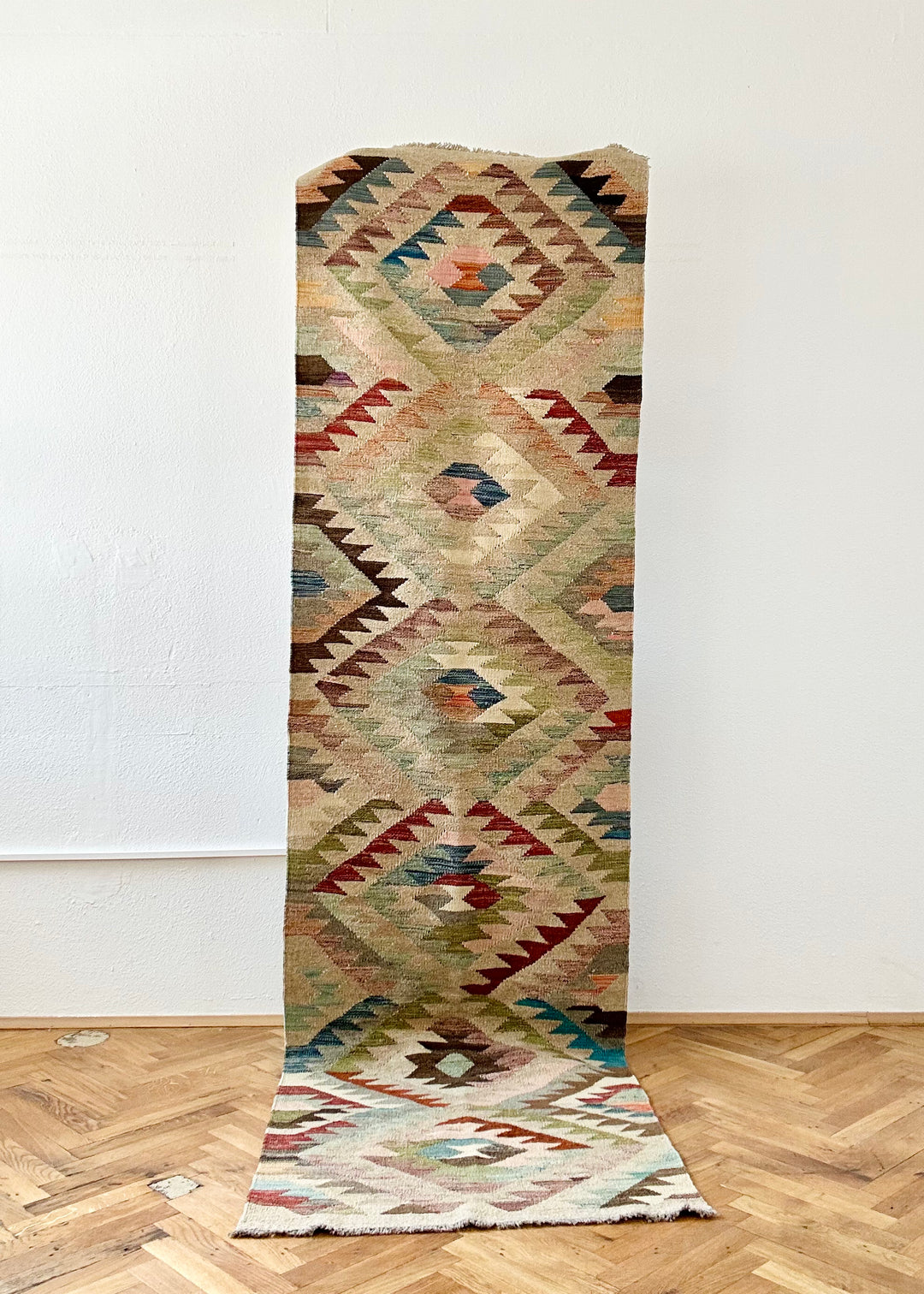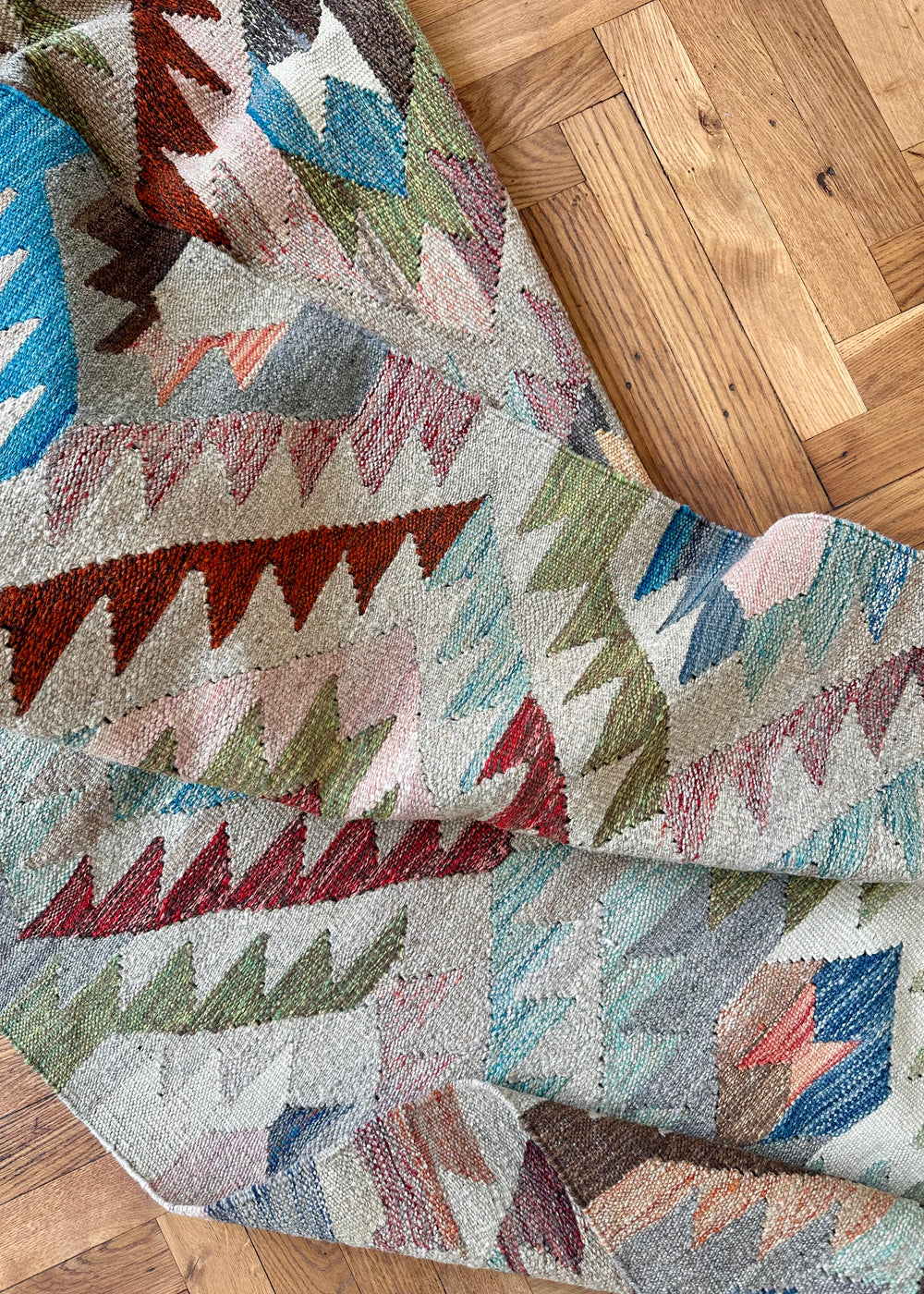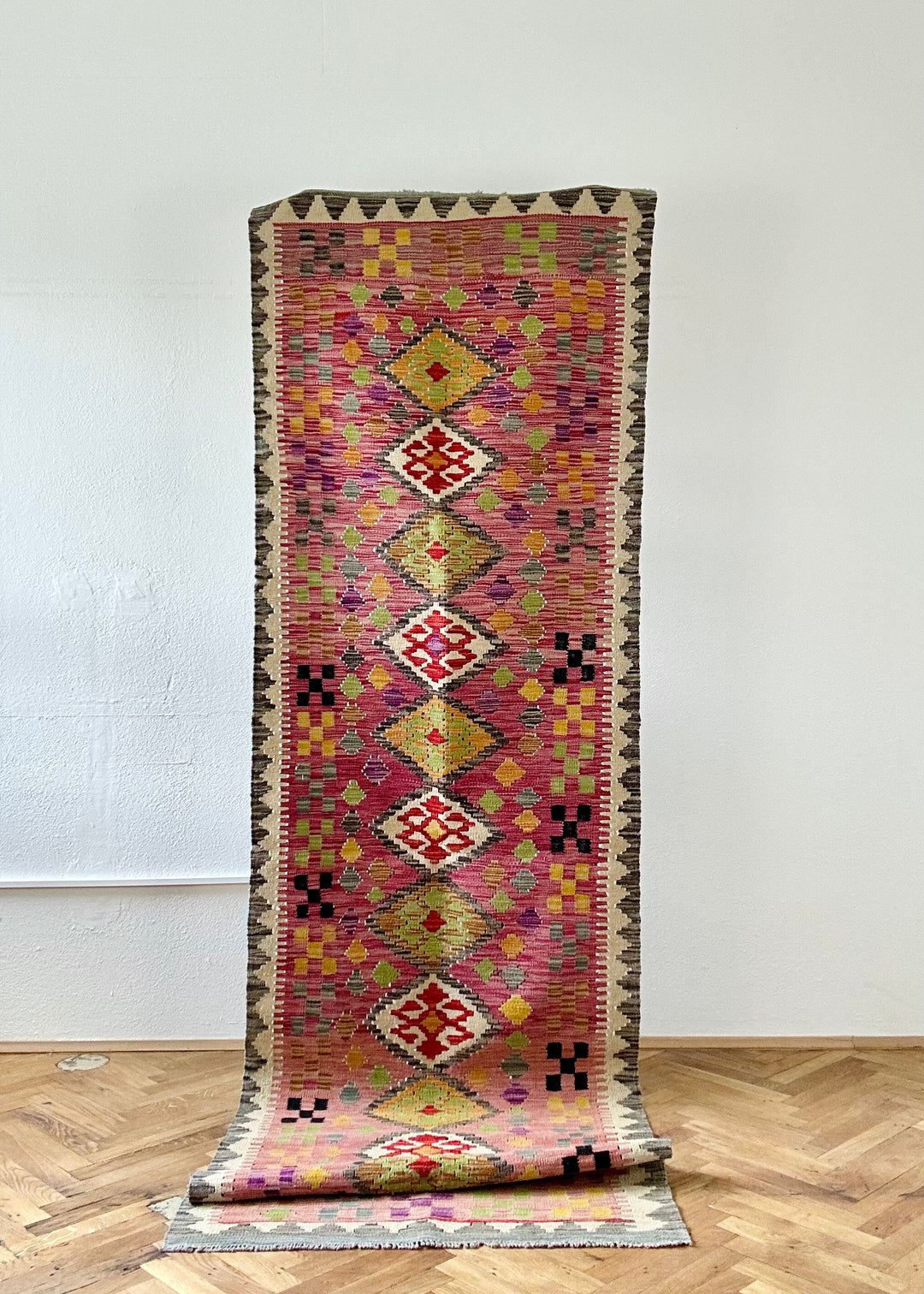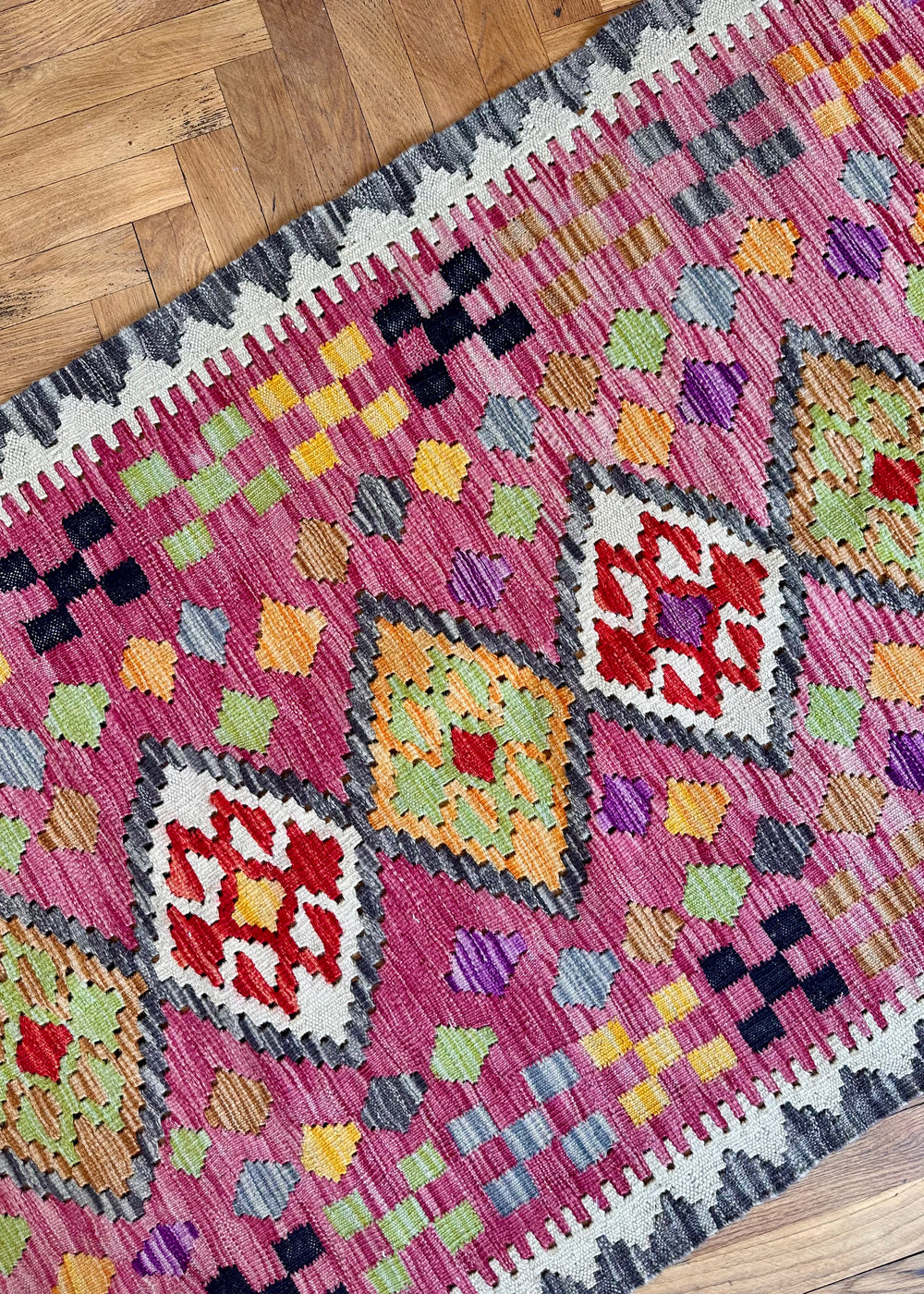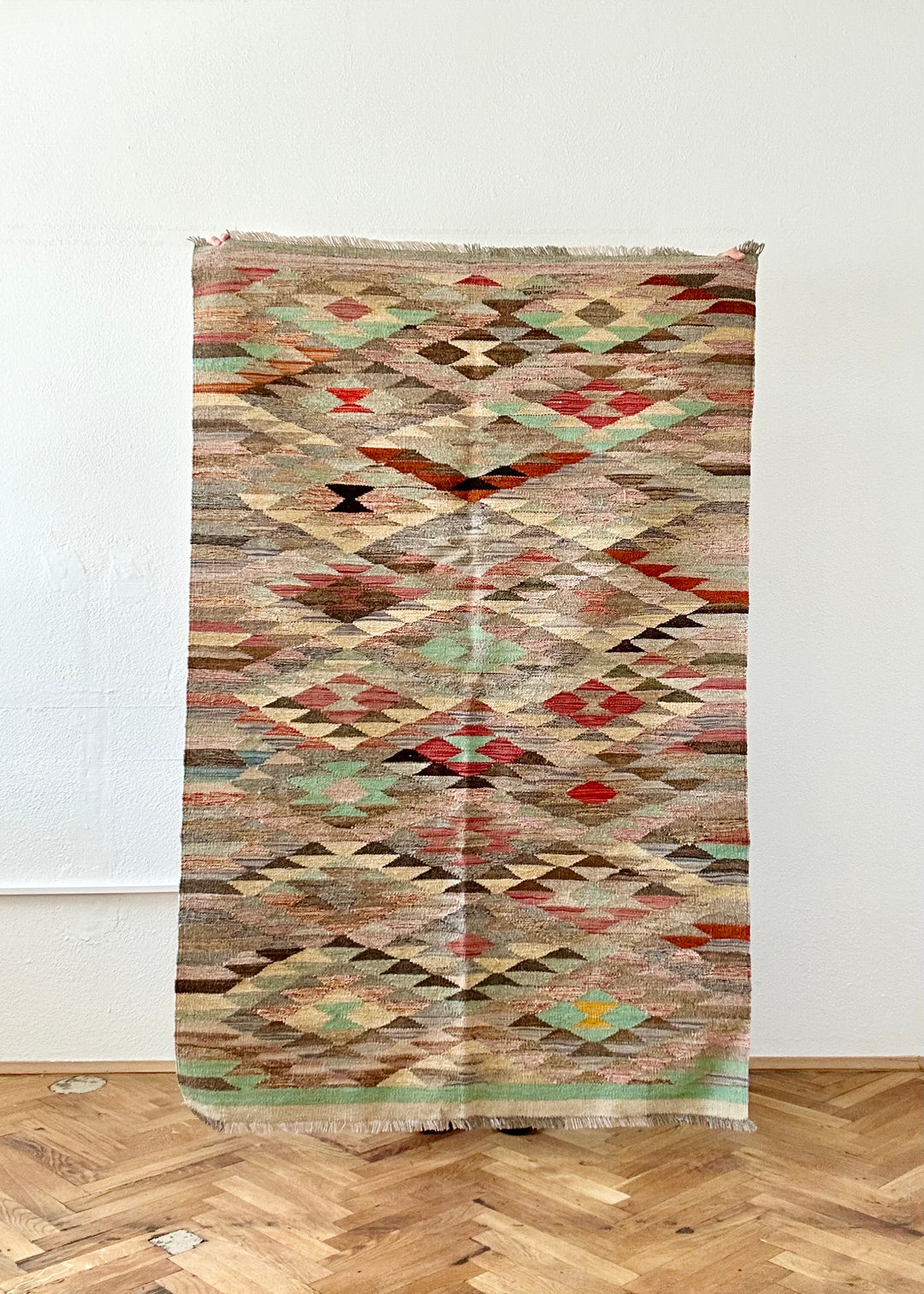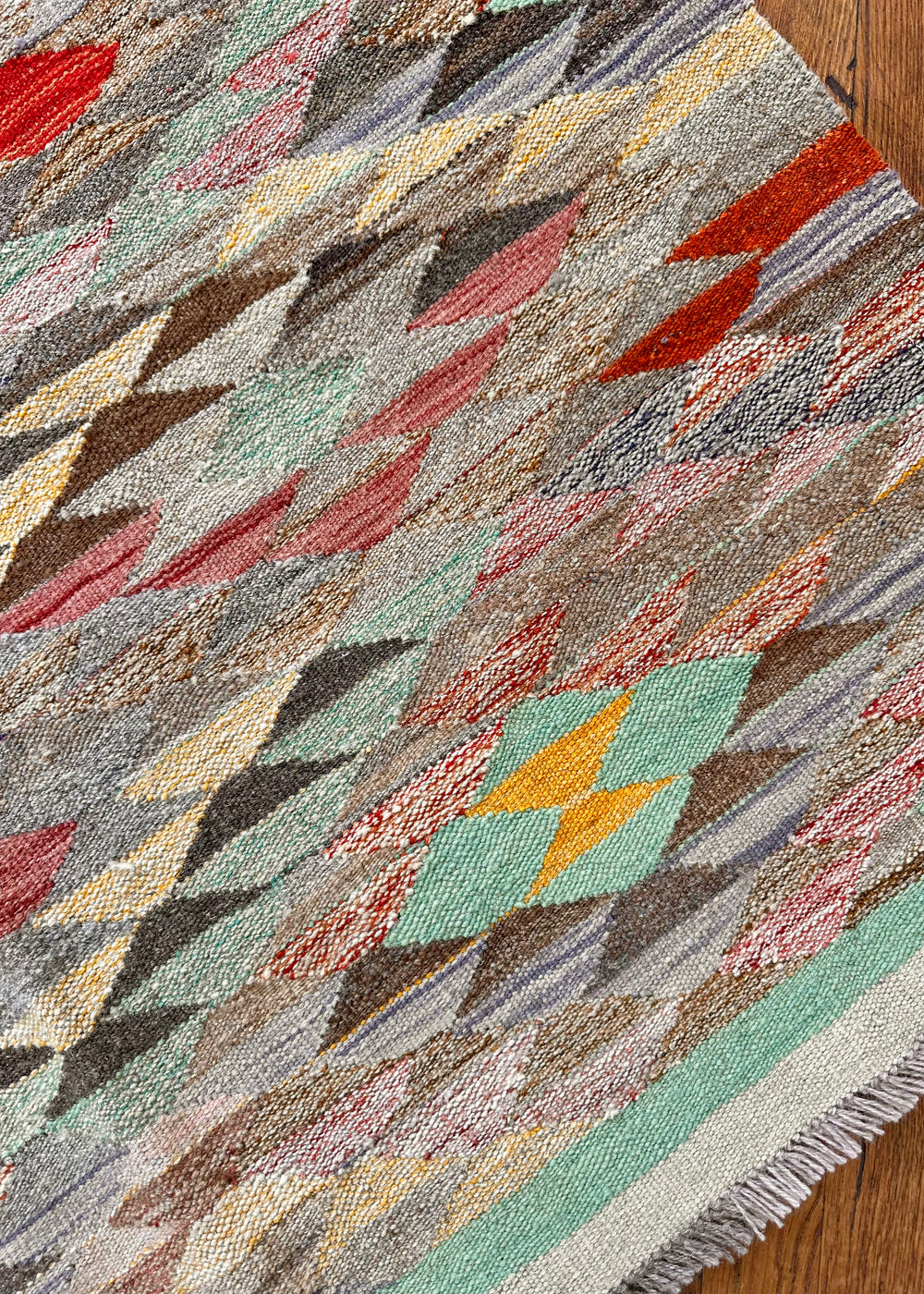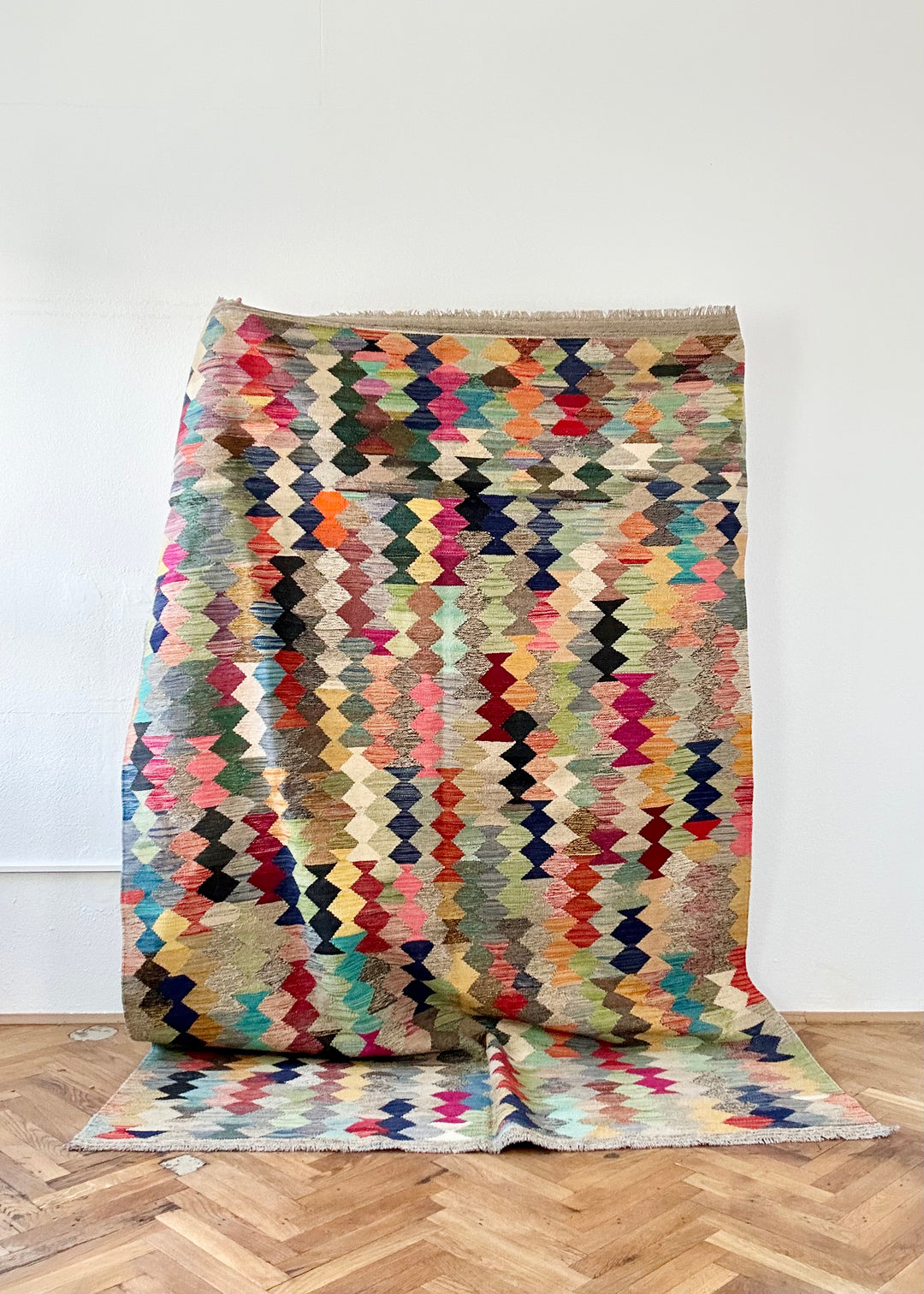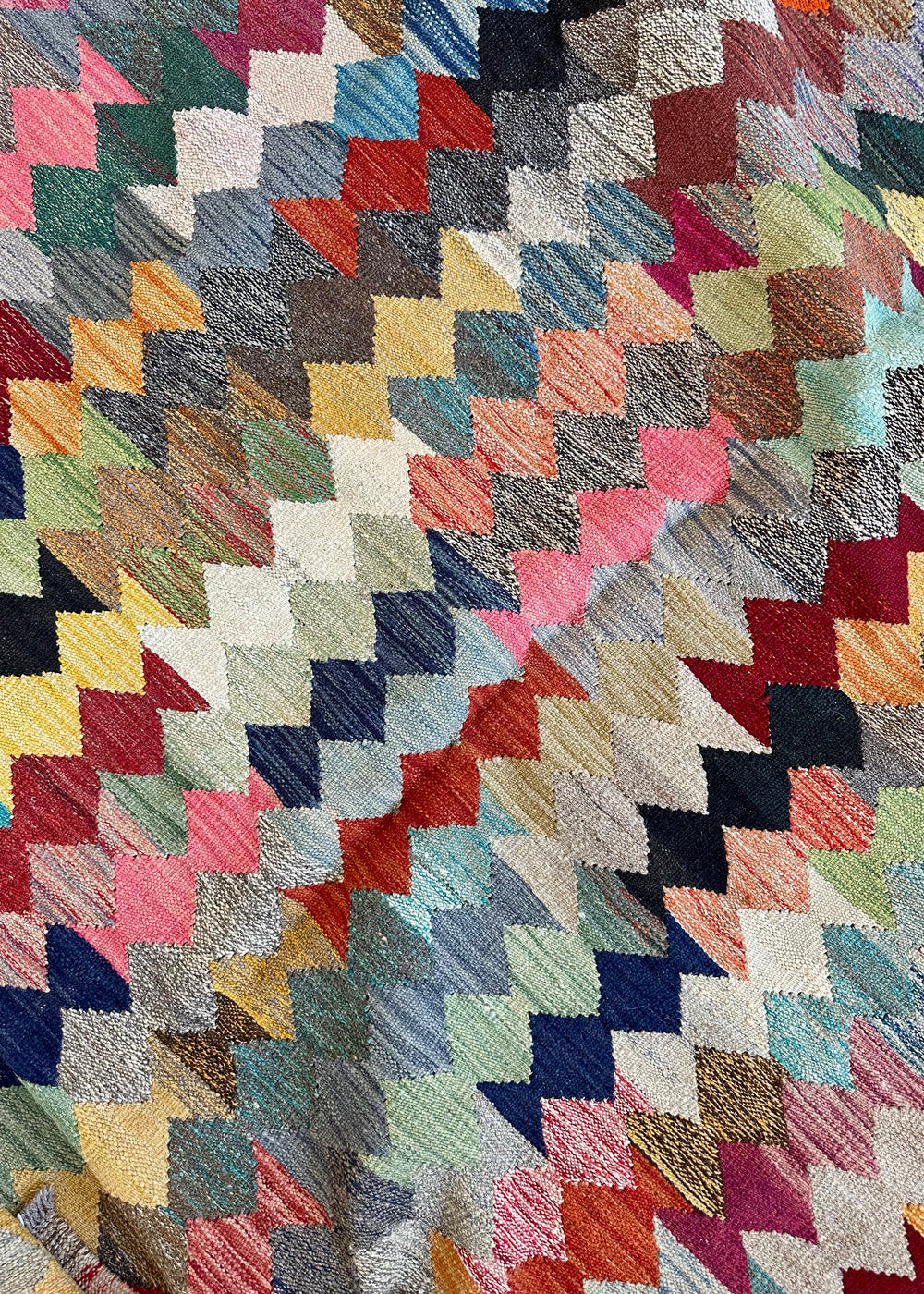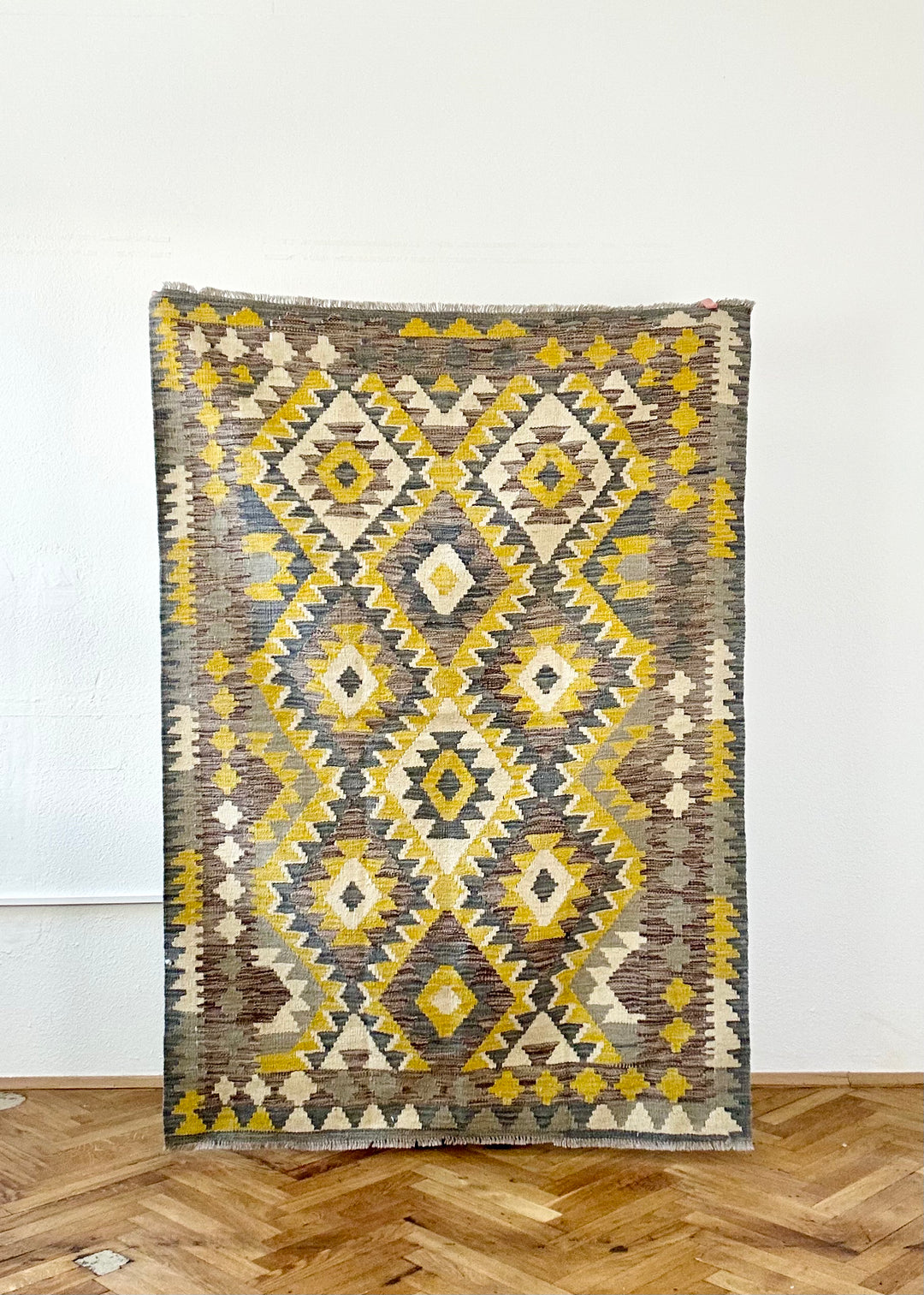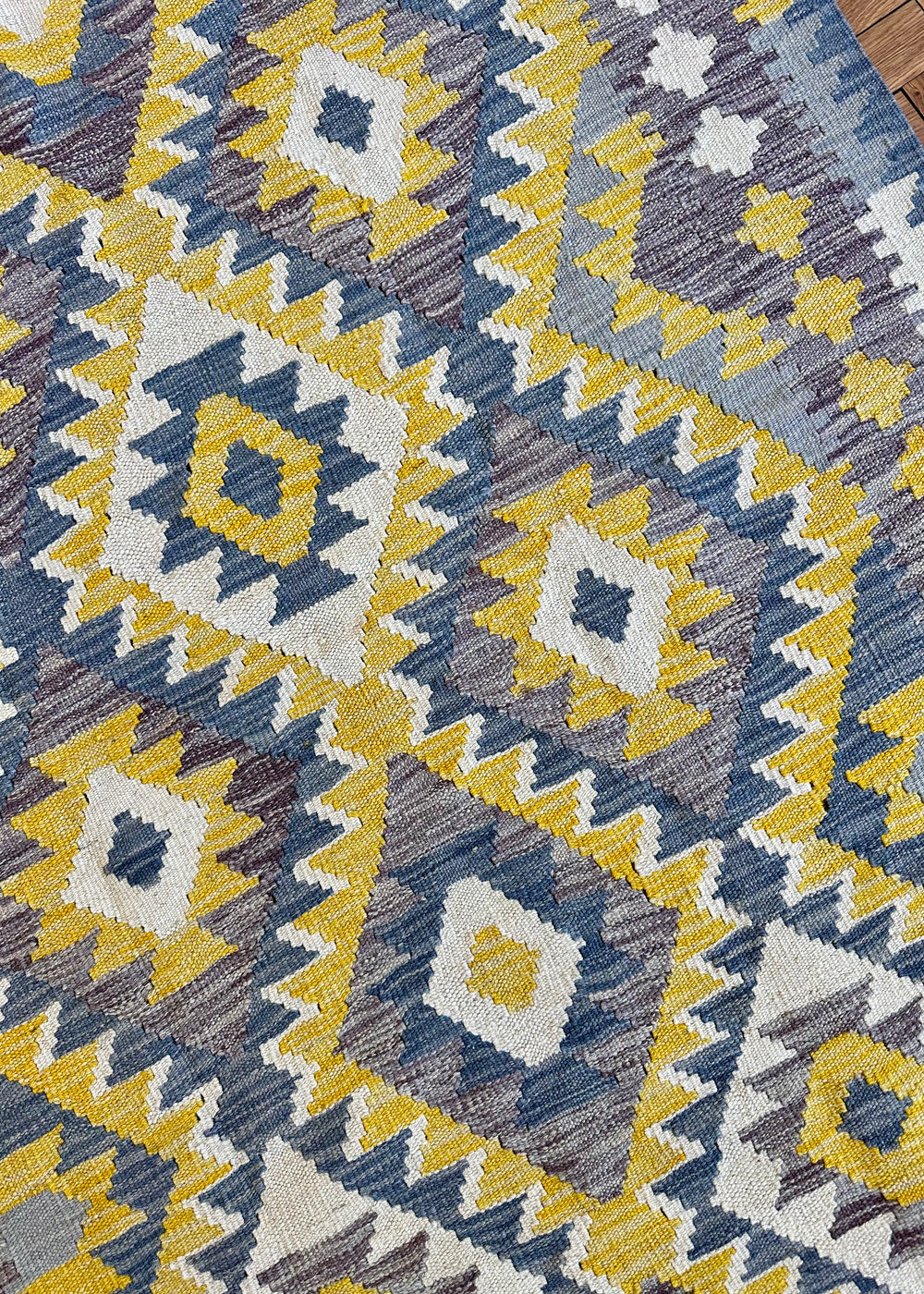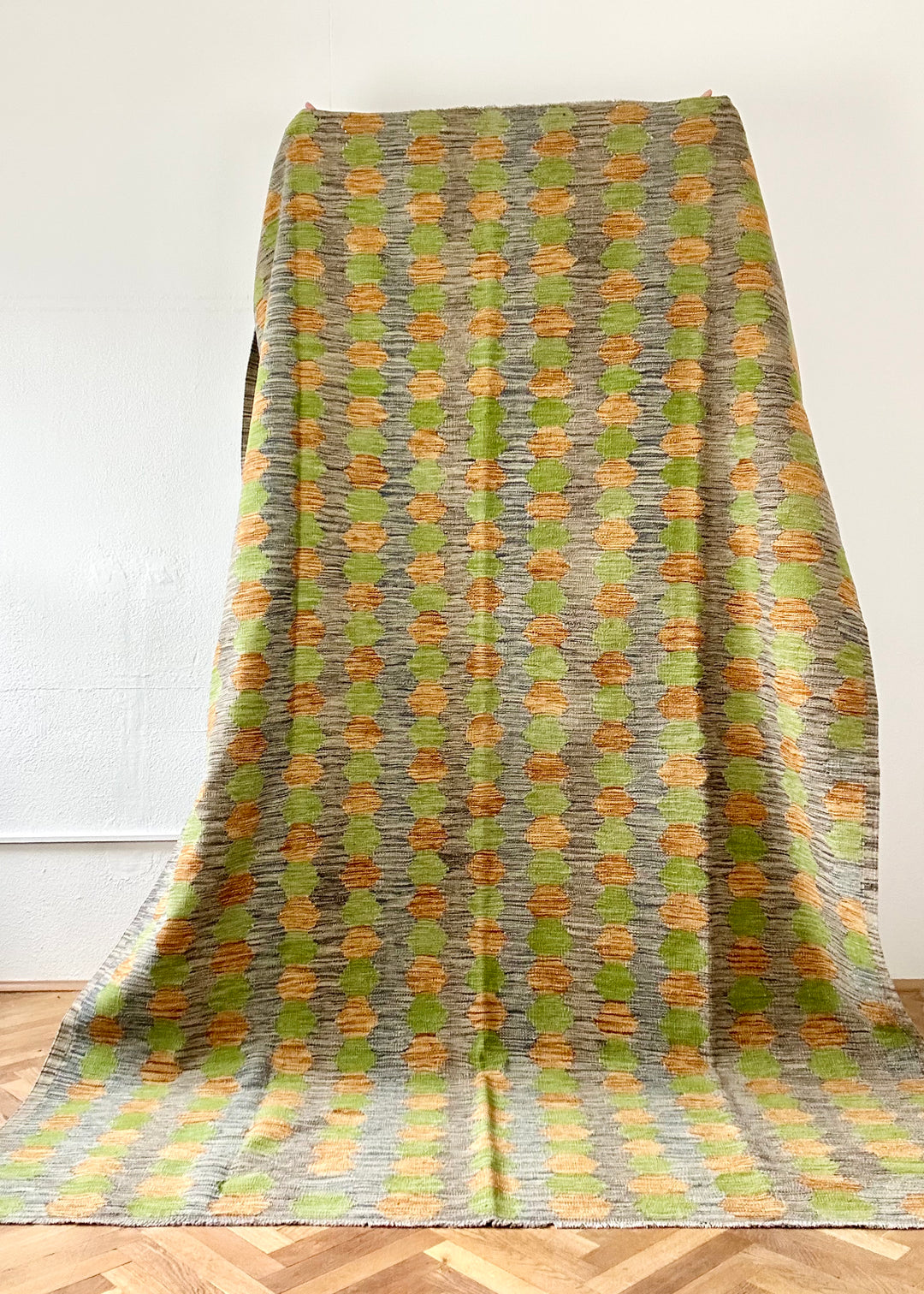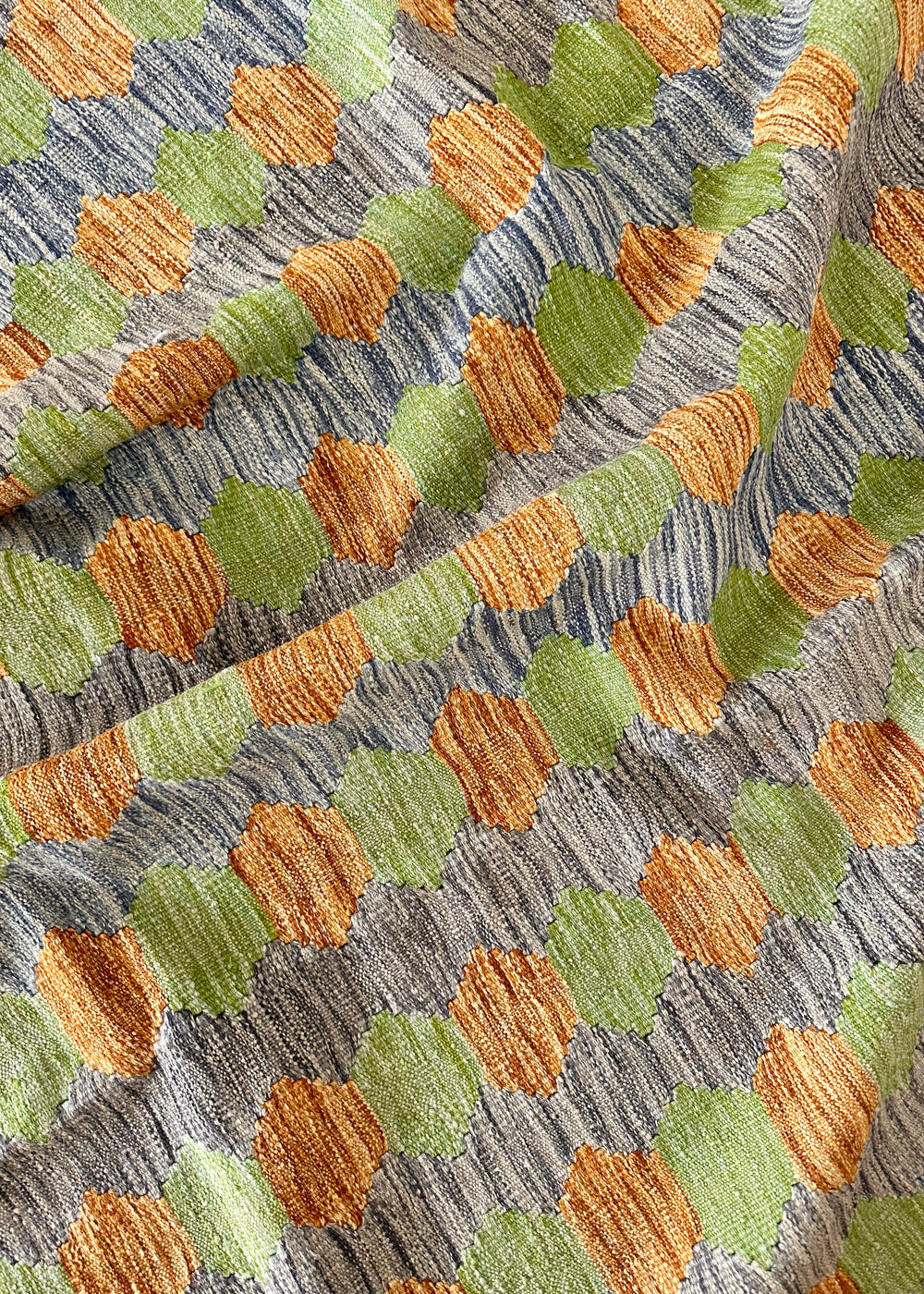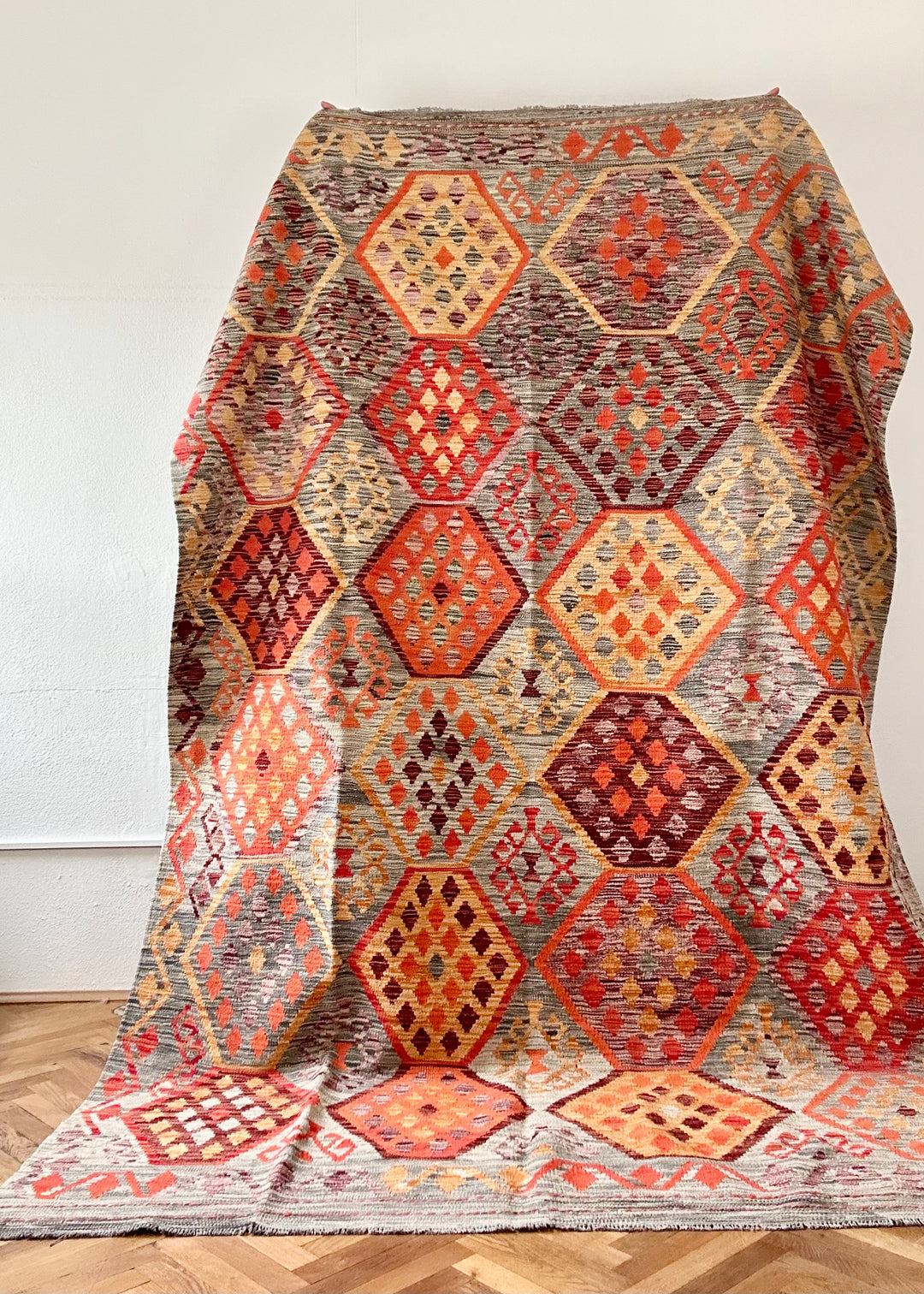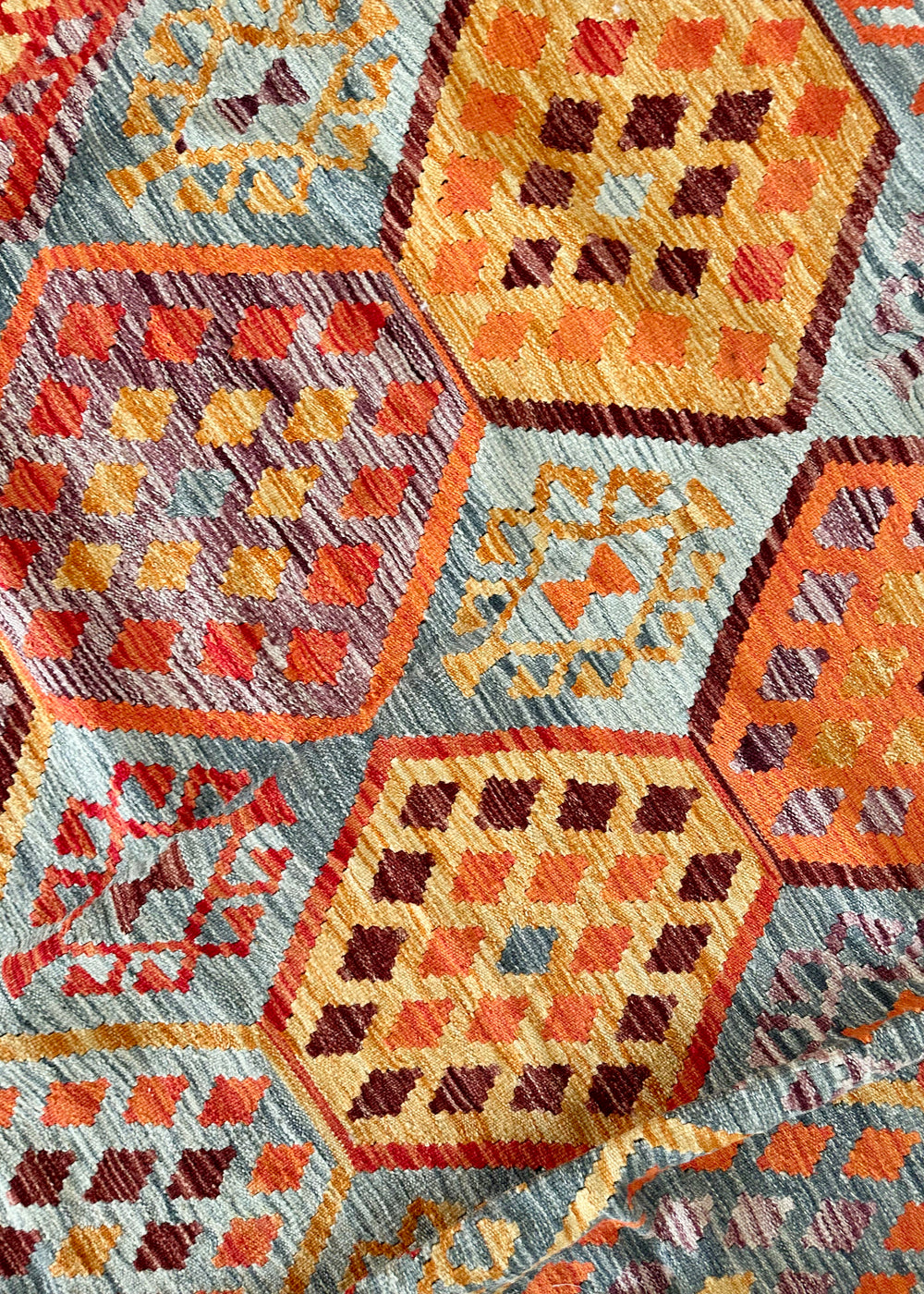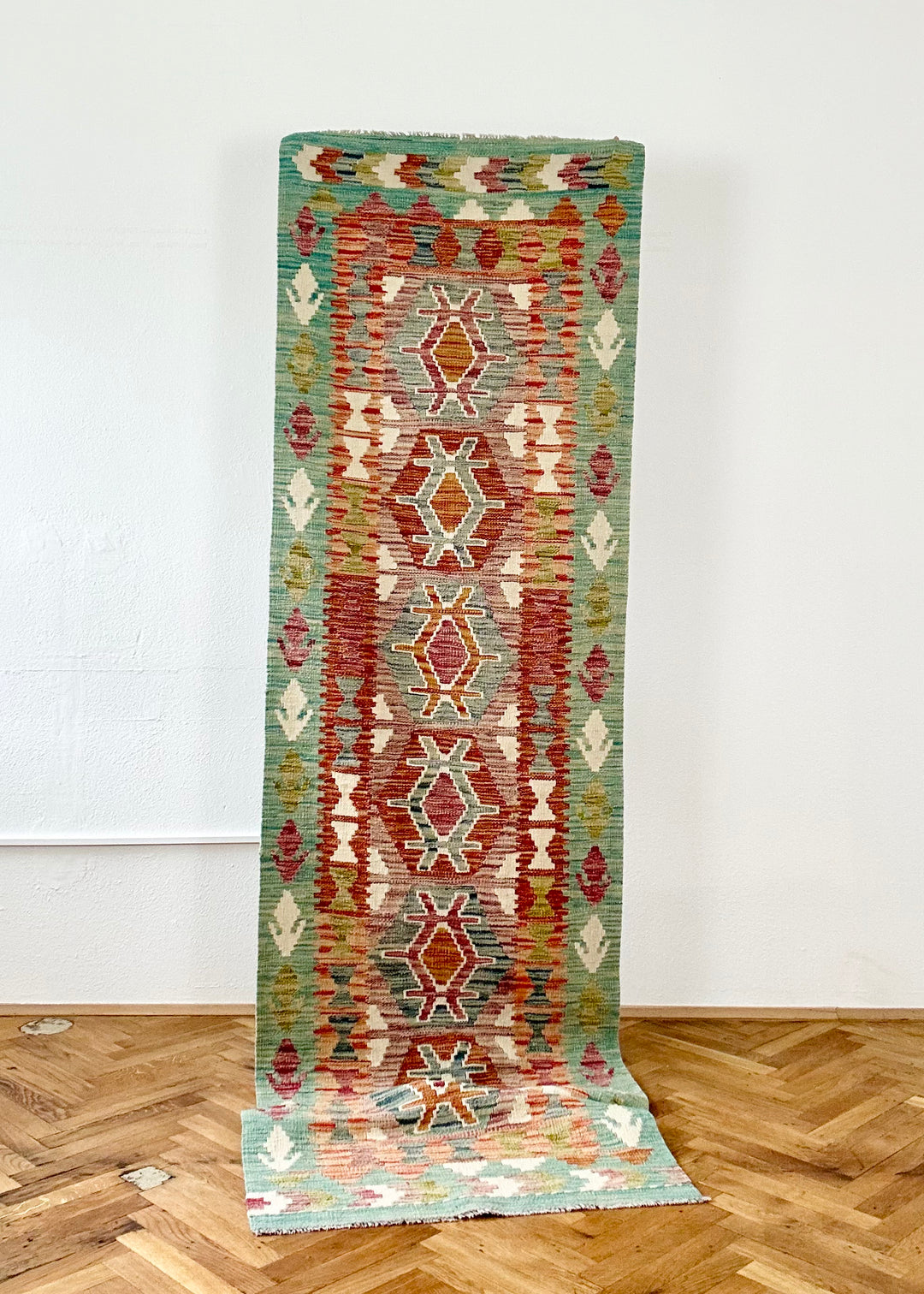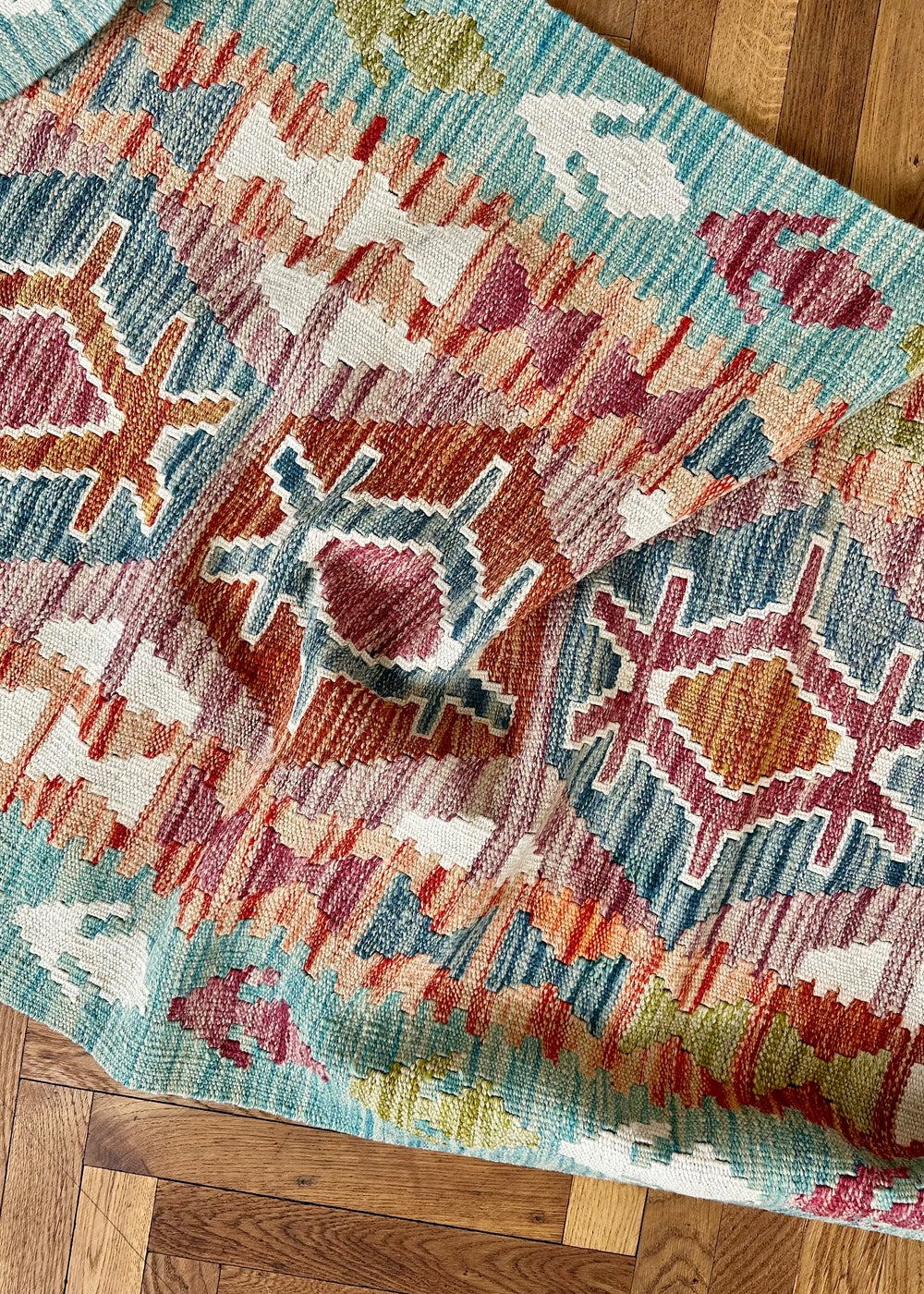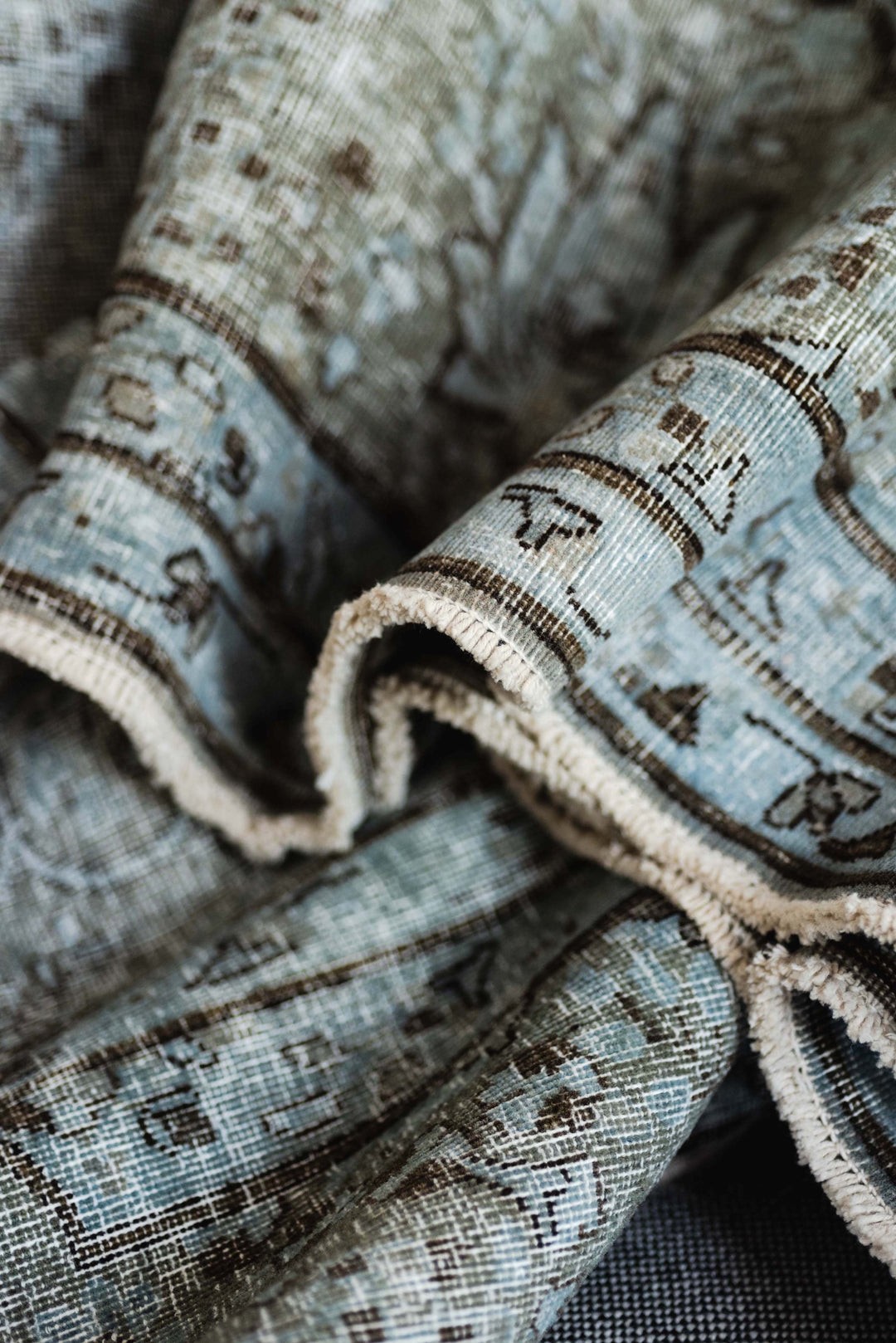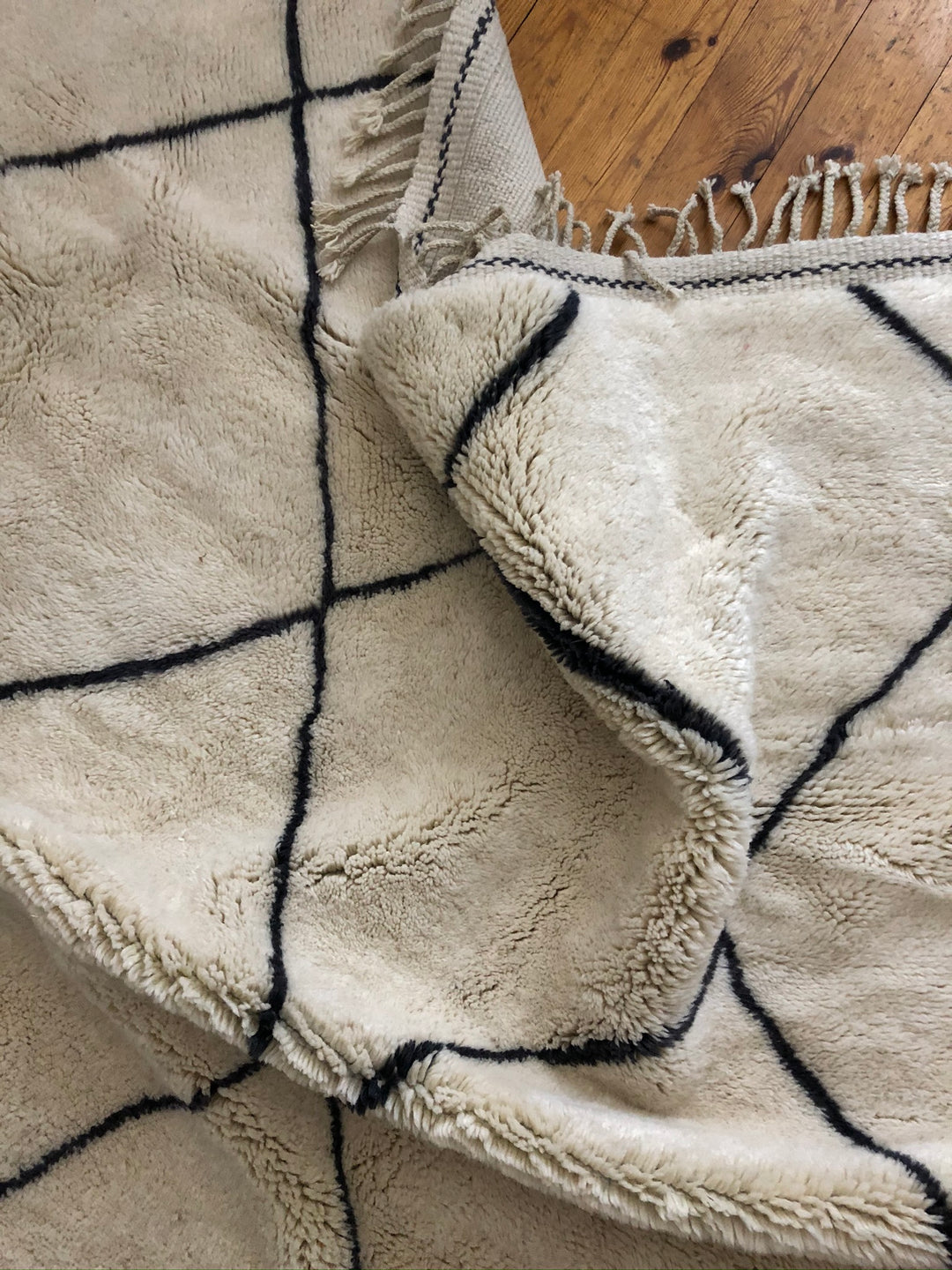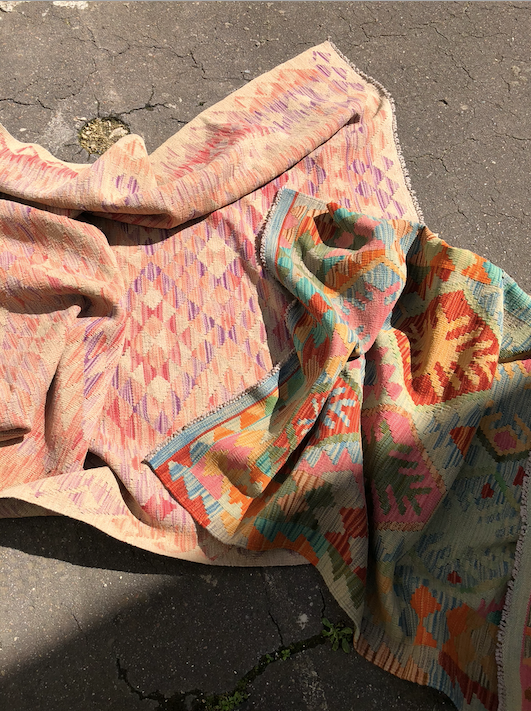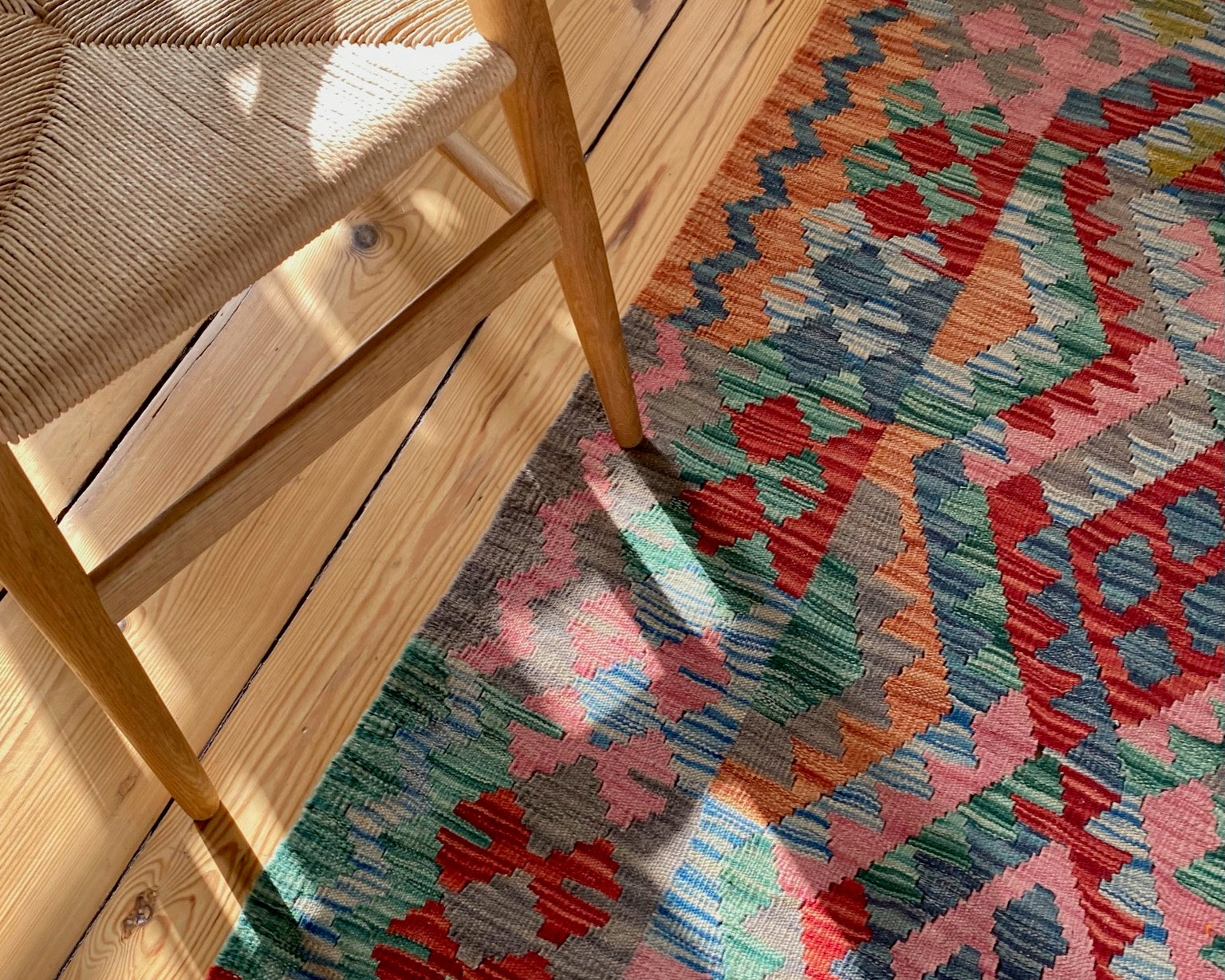
Kelim Rugs
Kelim or Kilim rugs are currently experiencing a great comeback. The variety and combinability of kilims with modern living styles ensures that this type of rug meets many tastes. Some of the kilim rugs are very colorful and range from red, orange, brown, blue, green or turquoise. Other Kelim style rugs are more reserved in the colors black, gray, brown or beige. Kilims combine classic patterns and materials with modern furnishings. This type of rug is timeless - modern. The kilim has a long tradition in the Orient and was originally made for the personal use of nomads. Each of our kilims transports a piece of traditional craftsmanship via Berlin directly to a new home. A kilim rug can transform a room. As a design element, a kilim can be used in relation to architecture or other interior decoration. An interplay of form and color, which in many respects offers creative points of contact, distinguishes Kelim rugs. While geometric patterns on a kilim can, for example, pick up on modern building elements, a sea of rug colors ranging from turquoise to orange can set wonderful accents between exposed concrete in gray. Handicraft was and is modern and finds a traditional expression in a kilim by The Knots from Berlin, the combination of vintage and future. With a kilim every living room - whether in Berlin or elsewhere - can be transformed into a small oasis of the Orient.




